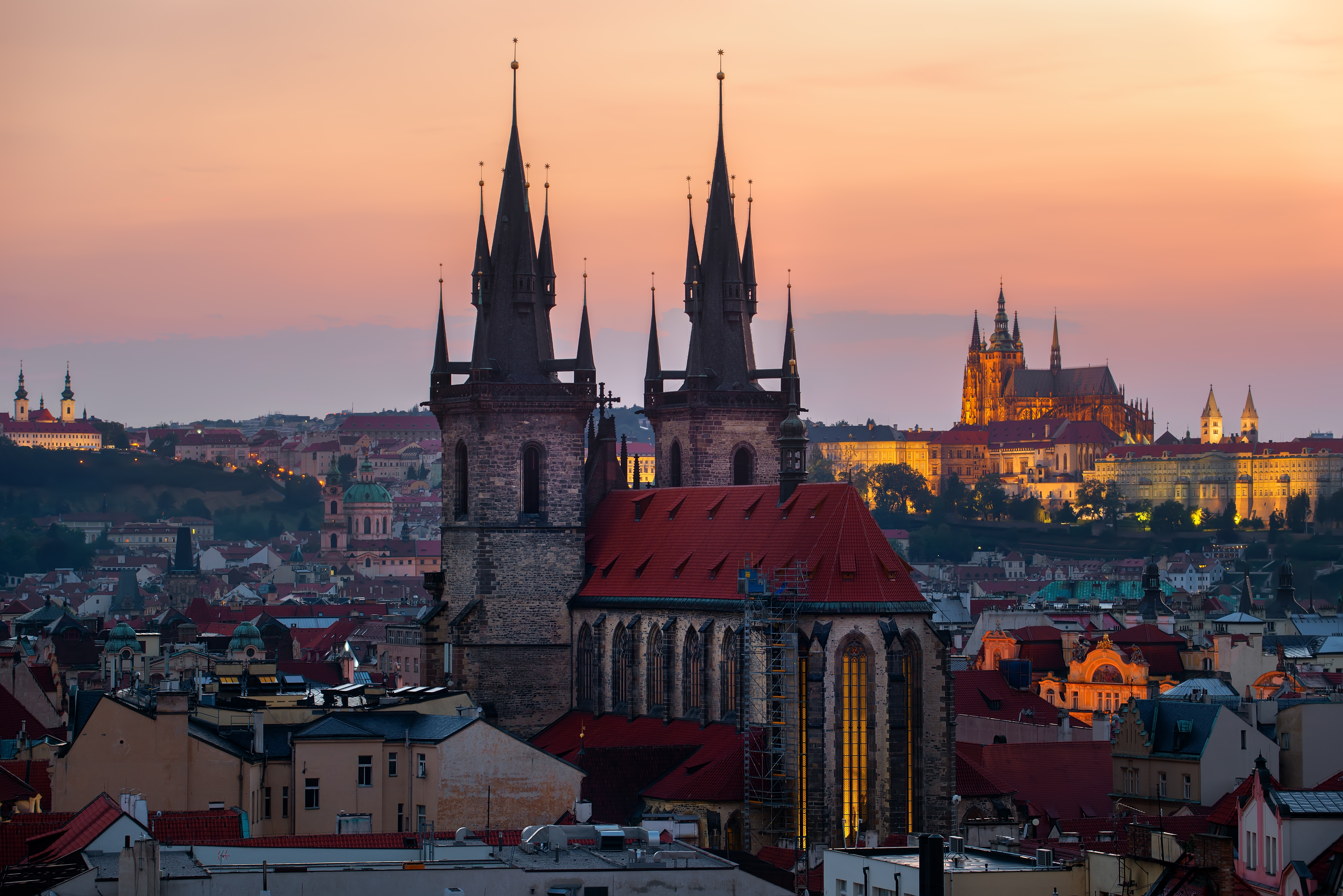25 Stunning Abandoned Places Around the World You Can Still Visit
There’s something irresistibly eerie and beautiful about abandoned places—where silence speaks louder than words and every crumbling wall tells a forgotten story. These hauntingly captivating sites invite us to step into the past, wander through the remnants of lives once lived, and feel the weight of history etched into every shadow. From ghost towns swallowed by nature to grand structures frozen in time, abandoned places stir our imagination and curiosity like few others. We’ve expanded our original list to bring you 25 breathtaking abandoned places around the world that you can still explore. Each location is a window into a bygone era—mysterious, surreal, and often surprisingly beautiful. Whether you're drawn to eerie factories, forsaken villages, or majestic ruins overtaken by nature, this journey promises to both chill and inspire.
1. Pripyat, Ukraine: The Ghost City of Chernobyl
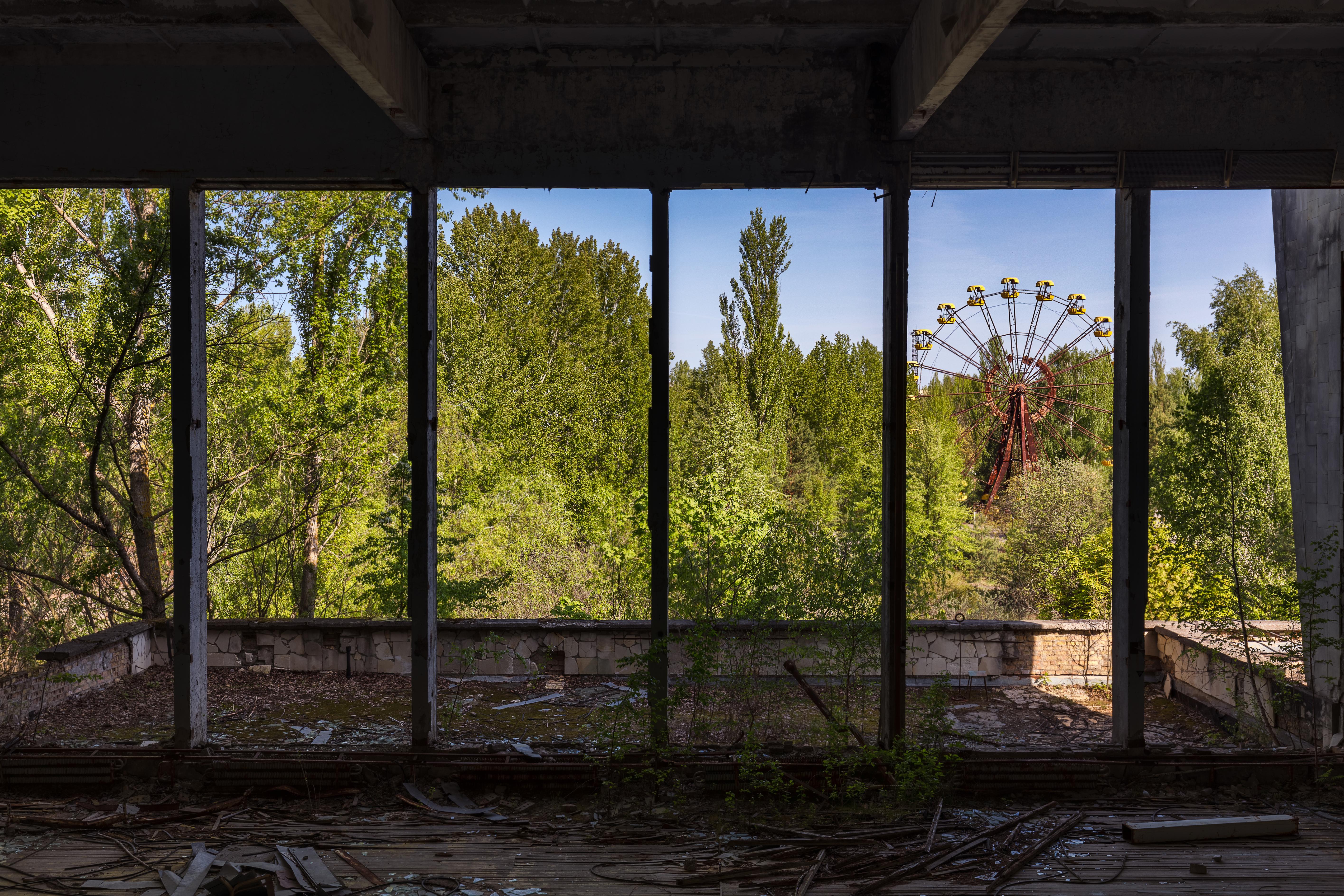
Pripyat stands as a chilling reminder of the Chernobyl disaster, frozen in time since the nuclear reactor explosion in 1986. Once a thriving city built for the workers of the Chernobyl Nuclear Power Plant, Pripyat was abruptly evacuated, leaving behind a ghost town. The city’s abandoned buildings, from schools filled with decaying books to amusement parks with rusting rides, paint a vivid picture of life interrupted. Today, Pripyat is a poignant symbol of the dangers of nuclear power and the resilience of nature, as wildlife has reclaimed the area. Guided tours offer a safe way to explore this haunting site, providing insights into the disaster and its aftermath. The eerie silence and decaying structures serve as a powerful reminder of human fallibility and the enduring impact of our actions on the environment.
2. Hashima Island, Japan: The Battleship Island
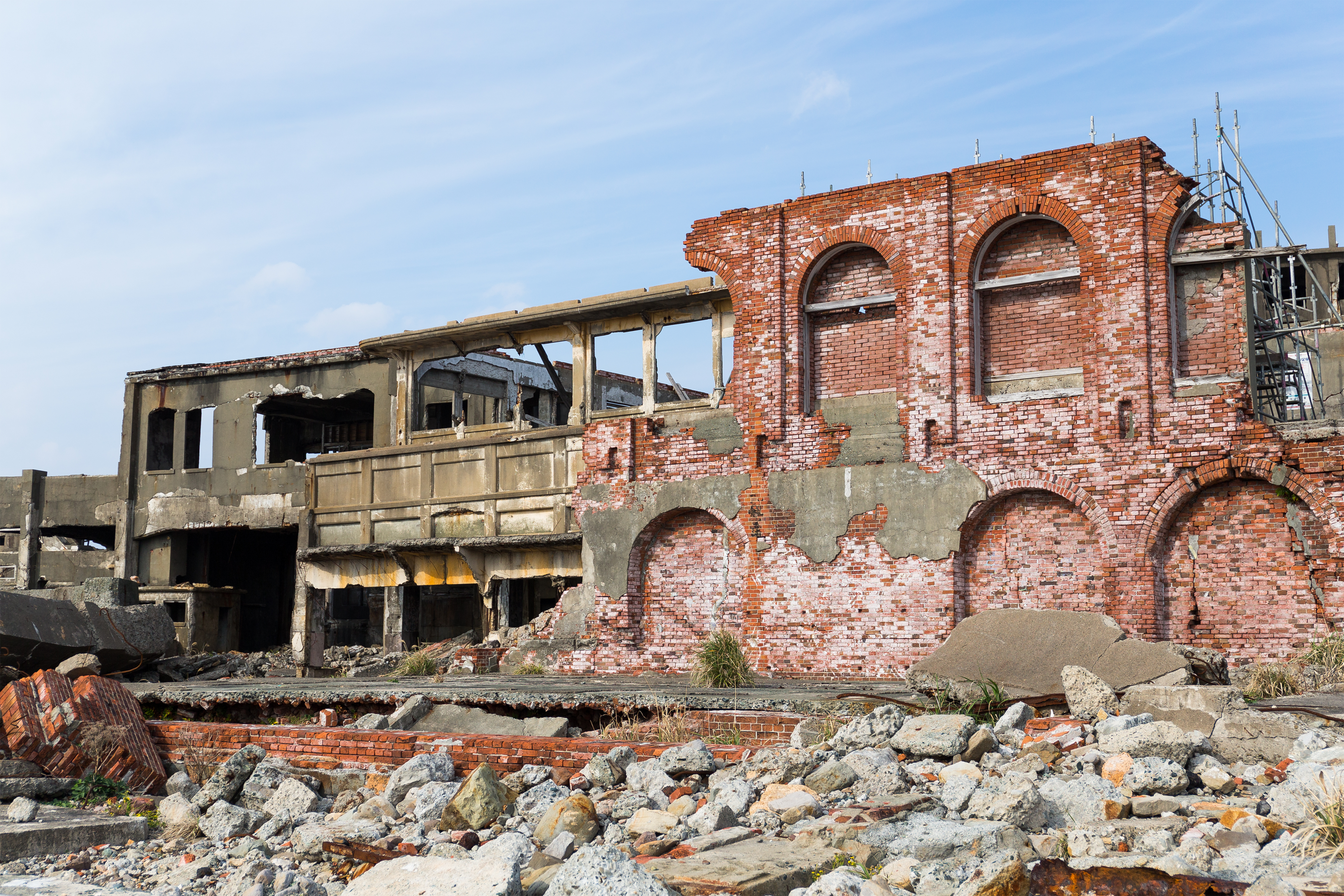
Known as Gunkanjima or Battleship Island, Hashima was once a bustling coal mining facility, home to thousands of workers and their families. At its peak, the island was one of the most densely populated places in the world. However, when the coal reserves were depleted, the island was abandoned in 1974, leaving behind a stark landscape of crumbling concrete buildings. Today, Hashima is a UNESCO World Heritage site, attracting visitors intrigued by its dystopian appearance and historical significance. Tours allow you to explore the island’s eerie ruins, where nature is slowly reclaiming the man-made structures. The island’s story is a testament to the rise and fall of industrialization in Japan, reflecting the broader economic shifts that have shaped the country’s history.
3. Kolmanskop, Namibia: The Diamond Ghost Town
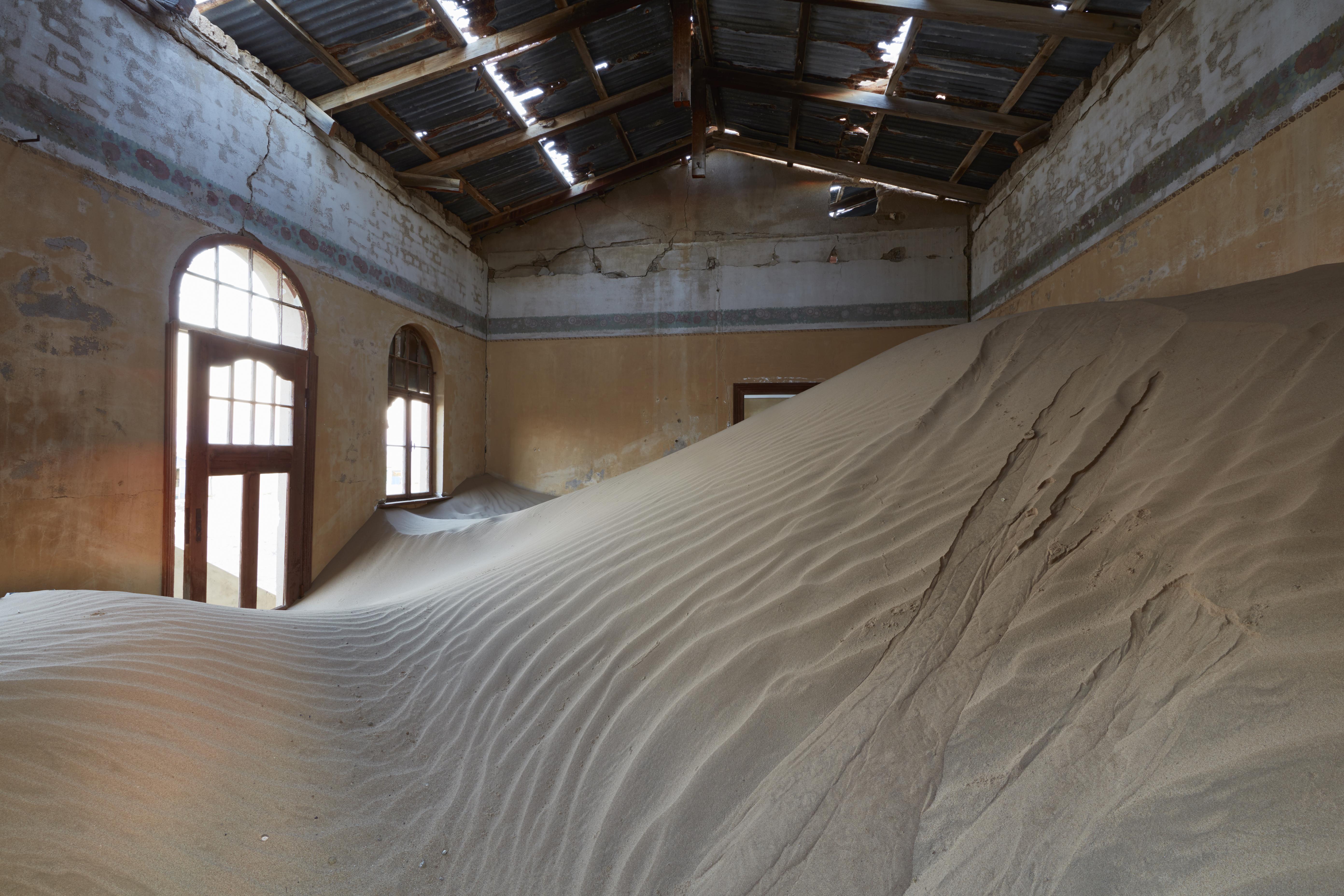
Kolmanskop is a ghost town in the Namib Desert, once a thriving diamond mining settlement. During the early 20th century, it was a bustling town with luxurious amenities, including a theater, casino, and hospital. However, as diamond supplies dwindled, the town was abandoned in the 1950s. Today, Kolmanskop is a popular tourist destination, known for its surreal landscapes where sand dunes have invaded the decaying buildings. The juxtaposition of opulent architecture and encroaching desert sands creates a hauntingly beautiful scene. Visitors can explore the remnants of this once-prosperous town, reflecting on the impermanence of human endeavors and the relentless power of nature. Kolmanskop serves as a poignant reminder of the transient nature of wealth and the inexorable march of time.
4. Bodie, California: The Gold Rush Ghost Town
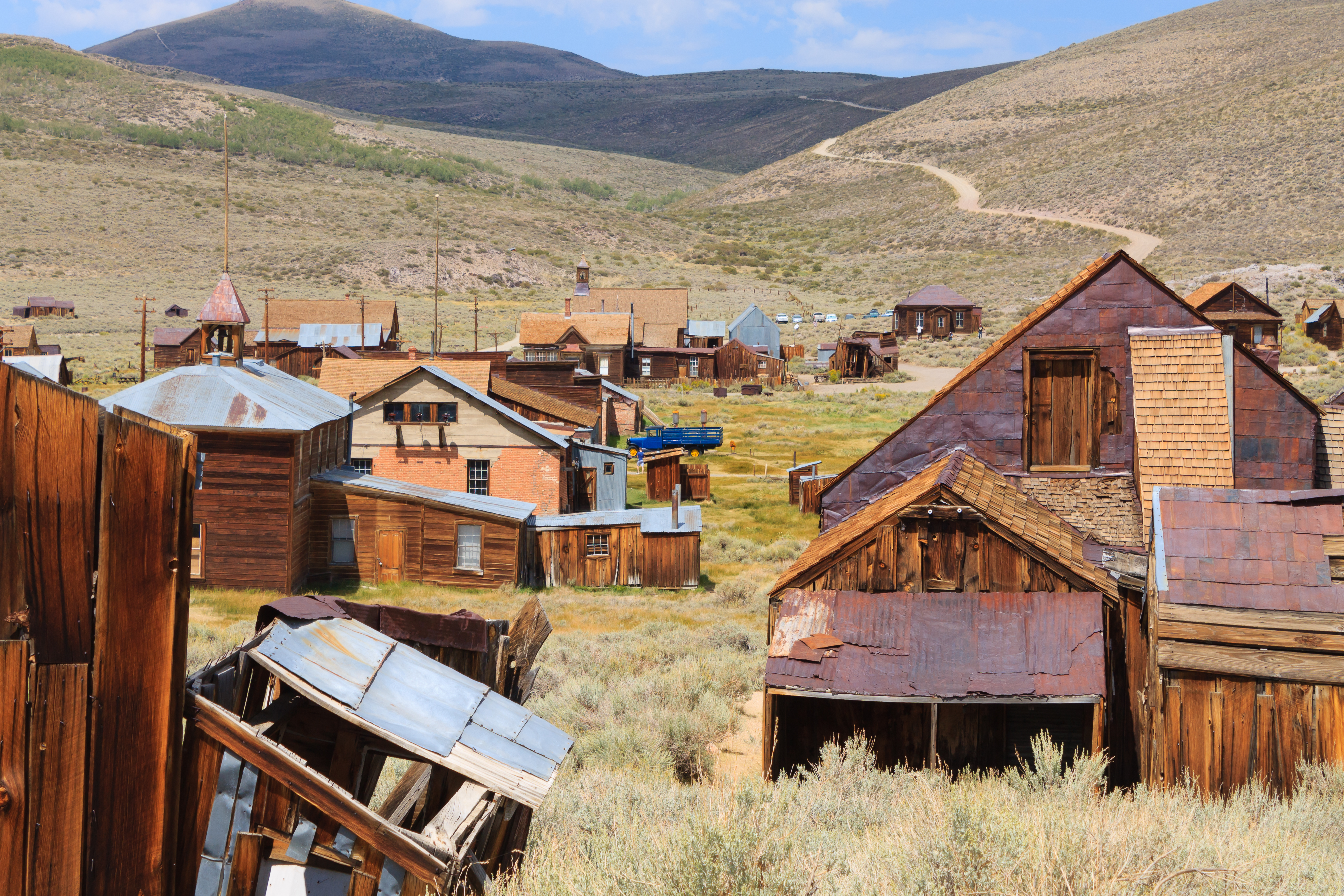
Bodie is a quintessential ghost town, preserved in a state of arrested decay. Once a booming gold mining town in the late 1800s, Bodie attracted thousands of prospectors seeking fortune. However, as the gold veins were exhausted, the town was gradually abandoned. Today, Bodie is a California State Historic Park, offering a glimpse into the Wild West era. Visitors can wander through the town’s streets, peering into buildings frozen in time, from saloons to churches. The dry climate has helped preserve the structures, allowing visitors to imagine life during the gold rush. Bodie’s story is a testament to the boom-and-bust cycles of American history, illustrating the fleeting nature of prosperity and the enduring allure of the frontier.
5. Oradour-sur-Glane, France: The Martyr Village

Oradour-sur-Glane stands as a poignant memorial to the horrors of World War II. In 1944, the village was the site of a massacre by Nazi troops, leaving nearly 650 residents dead. After the war, French President Charles de Gaulle ordered that the village remain untouched as a memorial and reminder of the atrocities committed. Today, visitors can walk through the ruins, where bullet-riddled buildings and rusting cars remain as silent witnesses to the tragedy. The preserved village serves as a powerful testament to the resilience of the human spirit and the importance of remembering history to prevent future atrocities. Oradour-sur-Glane invites reflection on the impact of war and the enduring quest for peace and reconciliation.
6. Craco, Italy: The Medieval Hilltop Town
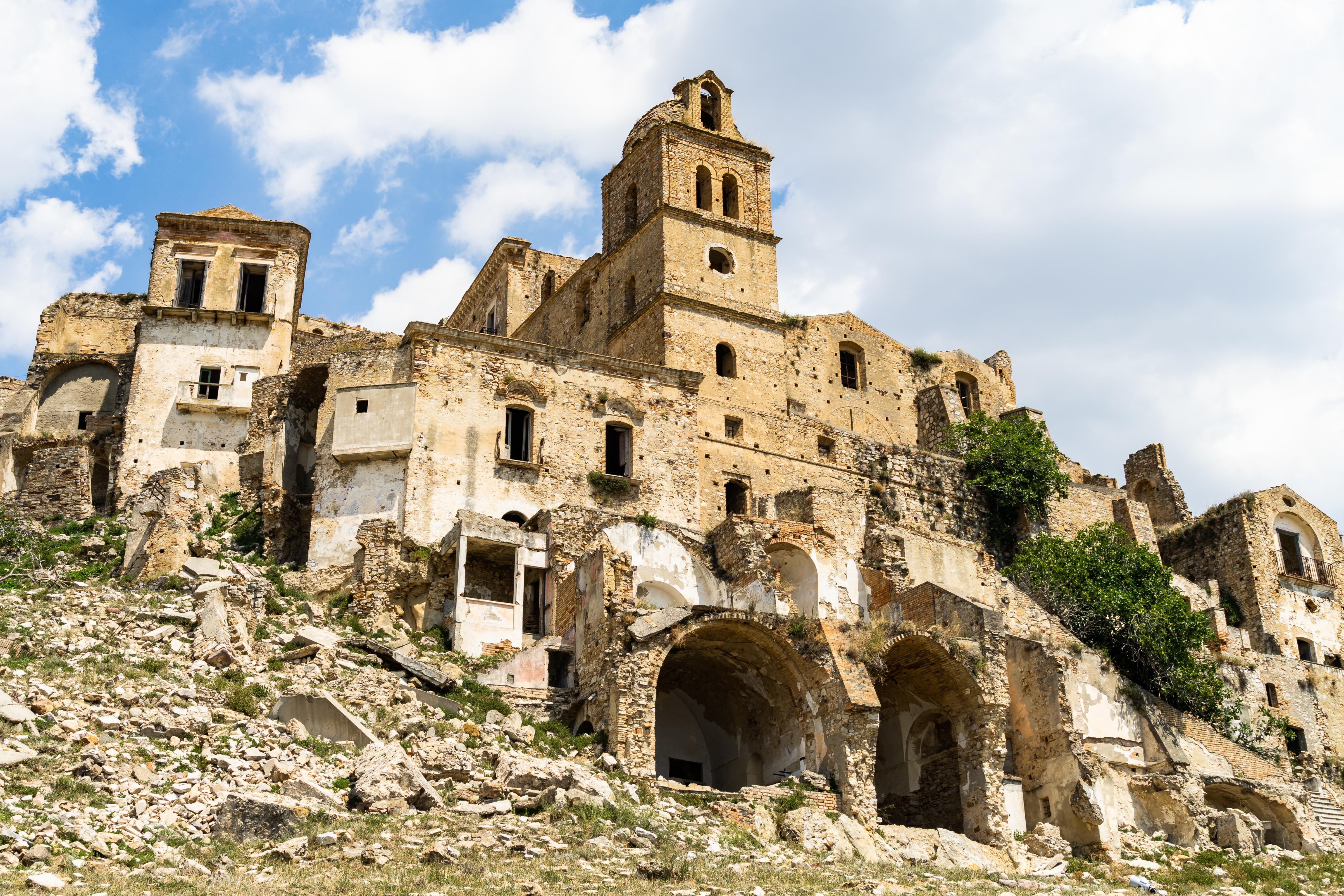
Perched atop a hill in southern Italy, Craco is a medieval town that has been abandoned since the 1960s due to landslides and poor infrastructure. The town’s picturesque setting and haunting ruins have made it a popular location for filmmakers, appearing in movies such as "The Passion of the Christ." Visitors can explore the narrow streets and crumbling buildings, imagining life in this once-thriving community. Craco’s history dates back to the 8th century, and its abandonment reflects the challenges faced by rural communities in adapting to modernity. The town is a testament to the enduring beauty of Italy’s historical landscapes and the stories they hold.
7. Varosha, Cyprus: The Forbidden Resort Town
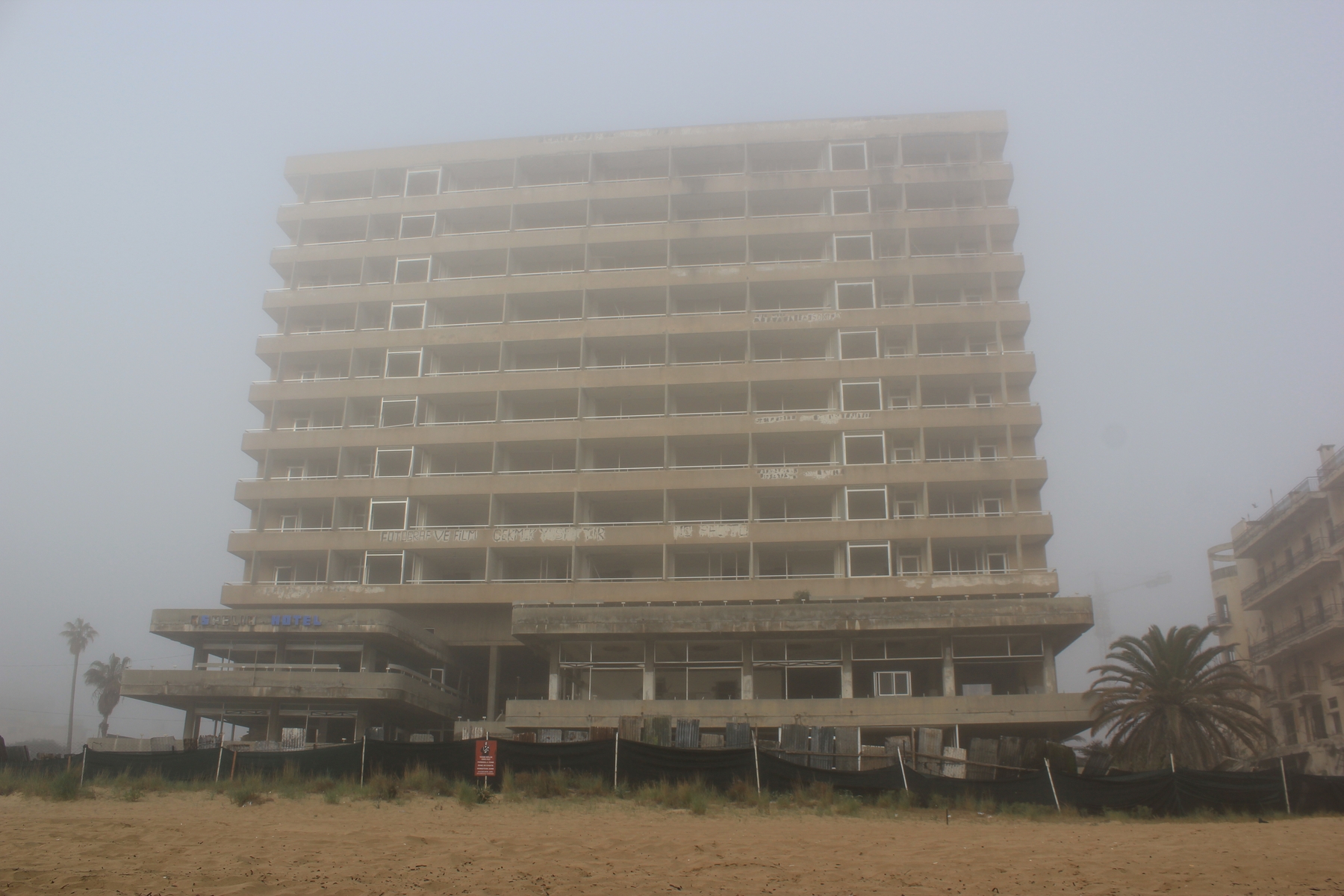
Varosha was once a glamorous resort town in Cyprus, attracting celebrities and tourists to its pristine beaches and luxurious hotels. However, following the Turkish invasion of Cyprus in 1974, the town was abandoned and has remained off-limits ever since. The decaying hotels and empty streets are a stark reminder of the conflict and division that still affect the island. Recently, parts of Varosha have been reopened to visitors, offering a glimpse into its former glory and the complex history of Cyprus. The town’s story highlights the impact of political conflicts on communities and the challenges of reconciliation and reunification.
8. Bannerman Castle, New York: The Island Fortress
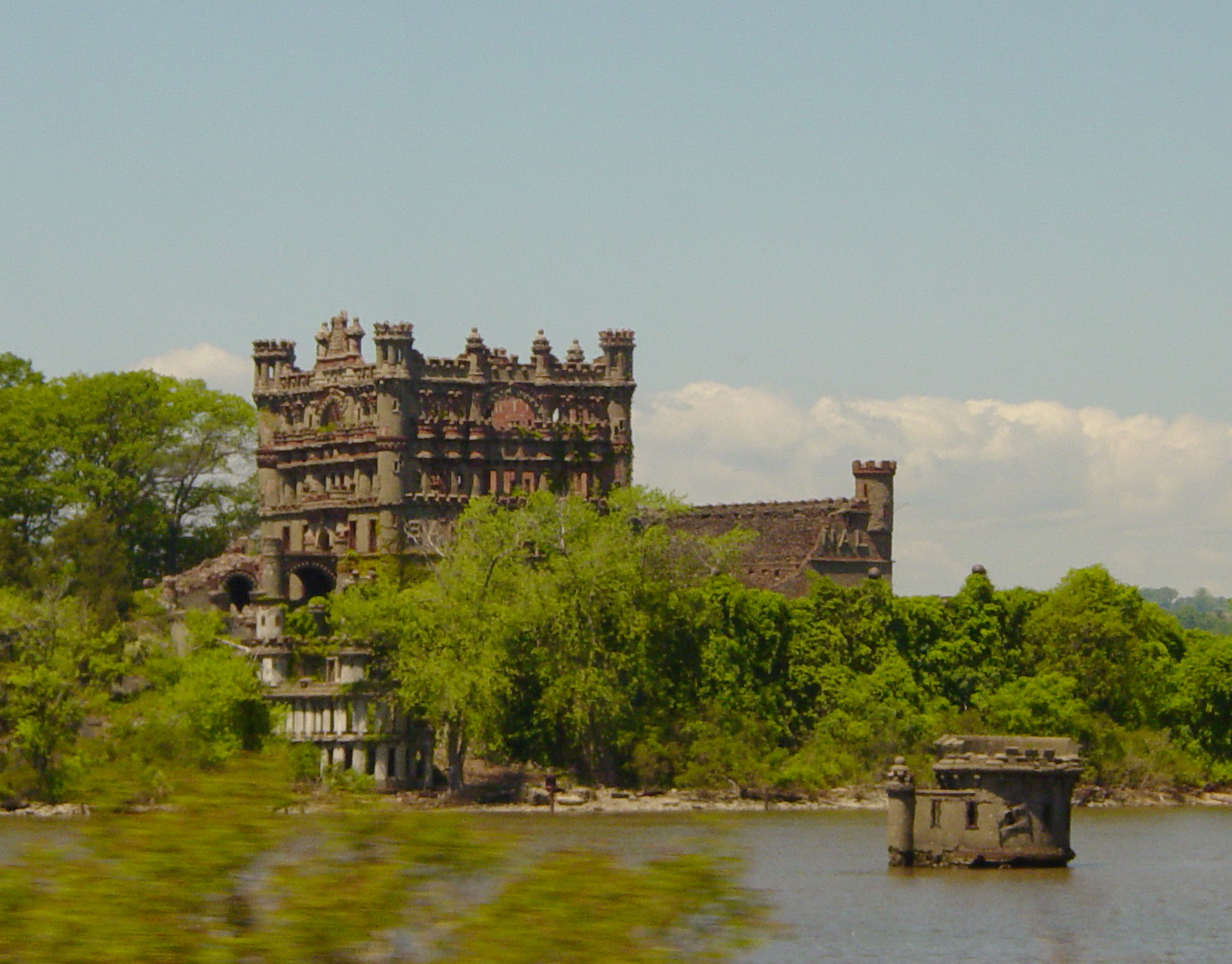
Bannerman Castle is a striking ruin located on Pollepel Island in the Hudson River. Built in the early 20th century by Francis Bannerman VI as a storage facility for surplus military equipment, the castle was abandoned after a series of explosions and fires. Today, the castle’s picturesque ruins attract visitors seeking adventure and history. Guided tours offer insights into the castle’s history and the Bannerman family’s legacy. The island’s natural beauty and the castle’s dramatic architecture create a captivating scene, inviting exploration and reflection on the intersection of nature and human ambition. Bannerman Castle is a reminder of the industrial age’s impact on the landscape and the enduring allure of forgotten places.
9. The Salton Sea, California: The Accidental Sea
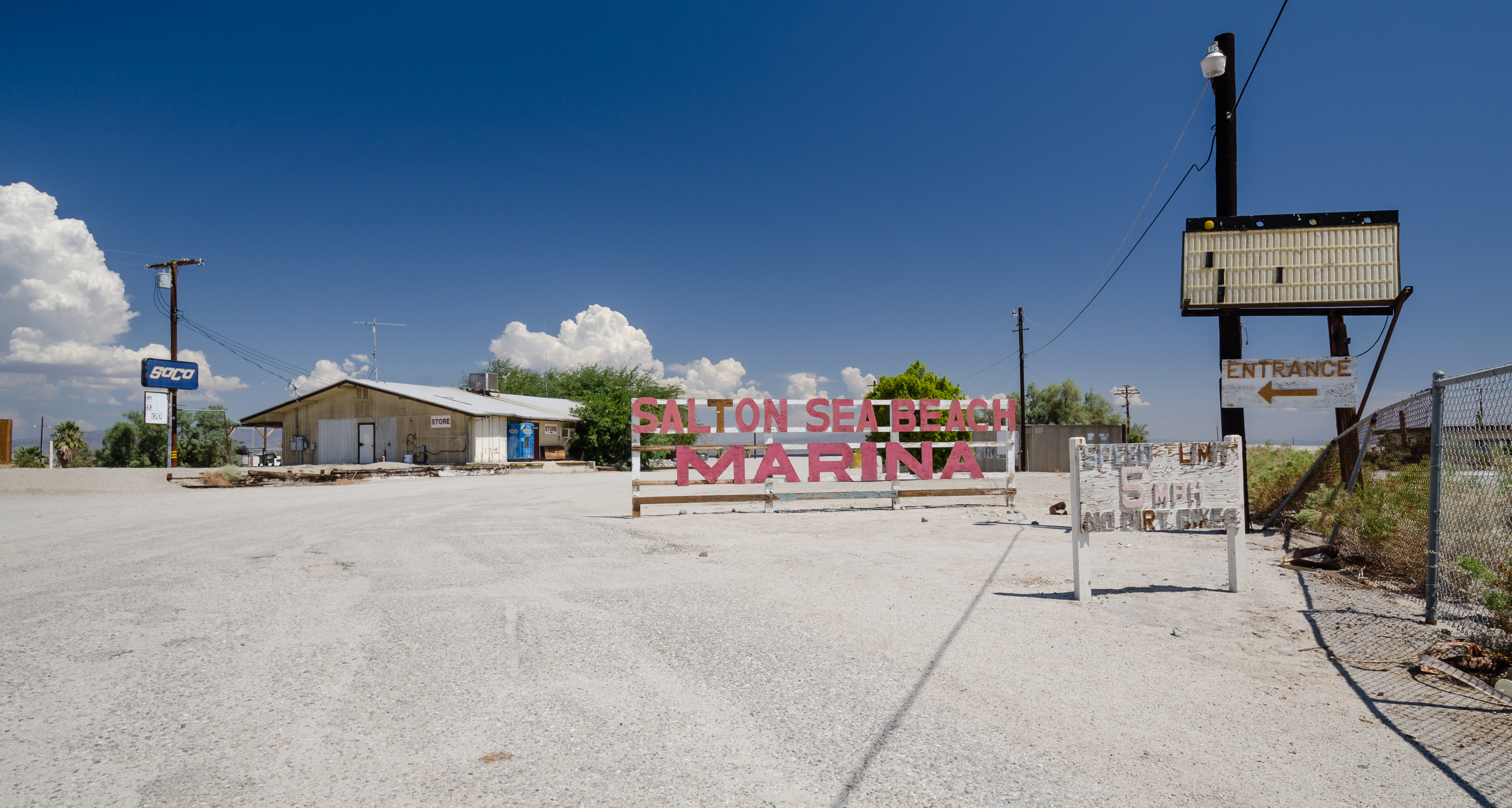
The Salton Sea is an accidental body of water in the California desert, created by a breach in an irrigation canal in the early 20th century. Once a popular resort destination, the area was abandoned as the sea became increasingly polluted and saline. Today, the Salton Sea is a haunting landscape of decaying buildings and desolate beaches, attracting visitors intrigued by its unique history and environmental challenges. The sea’s story is a cautionary tale of human intervention in nature and the unintended consequences of development. Efforts to restore the area highlight the complex relationship between humans and the environment, inviting reflection on the balance between progress and preservation.
10. The Eastern State Penitentiary, Pennsylvania: The Gothic Prison
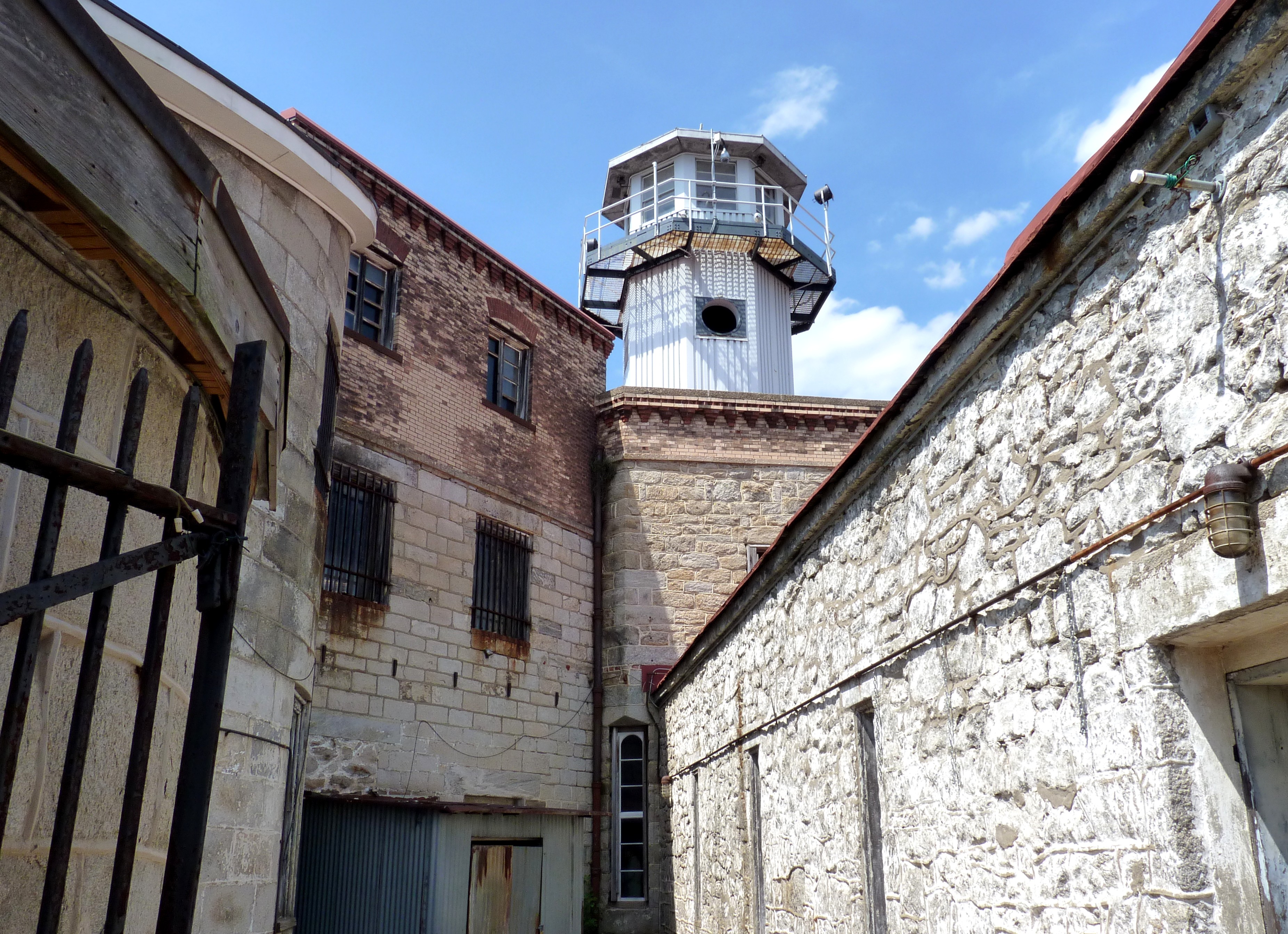
The Eastern State Penitentiary in Philadelphia is a haunting example of Gothic architecture and a pioneering model of prison reform. Opened in 1829, it was designed to inspire penitence and reflection through solitary confinement. However, the prison was eventually abandoned in 1971, leaving behind a decaying structure filled with stories of its notorious inmates, including Al Capone. Today, the penitentiary is a museum and historic site, offering tours that explore its history and the evolution of the American penal system. The prison’s haunting atmosphere and crumbling walls invite reflection on the nature of justice and the human capacity for change. Eastern State Penitentiary is a testament to the complexities of crime and punishment, and the enduring quest for a more humane society.
11. The City Hall Subway Station, New York: The Hidden Gem
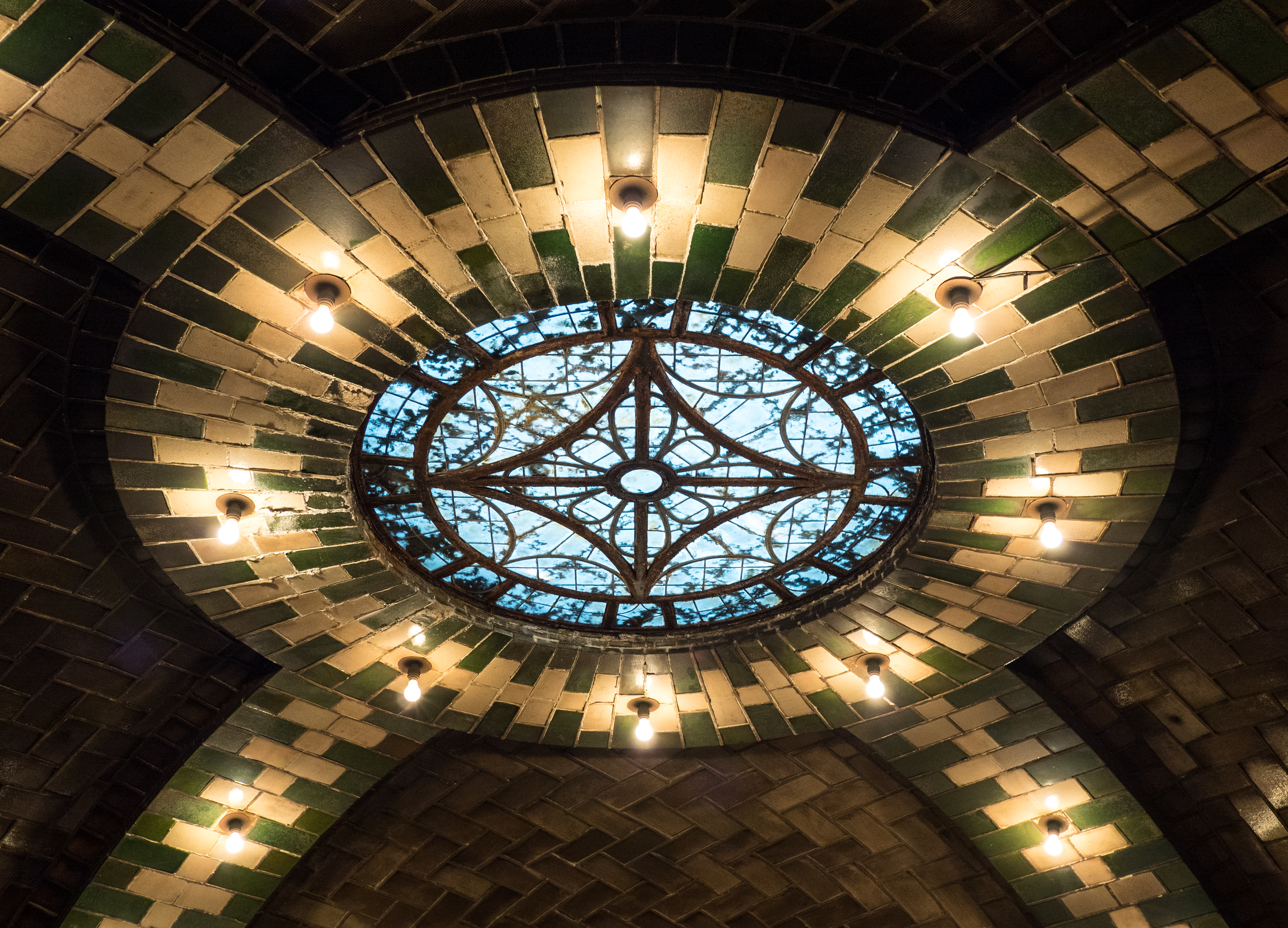
Beneath the bustling streets of New York City lies the City Hall Subway Station, an architectural masterpiece abandoned since 1945. The station’s elegant design, featuring vaulted ceilings, chandeliers, and intricate tile work, reflects the grandeur of the early 20th century. Although closed to the public, the station can be glimpsed on select tours, offering a rare view of New York’s hidden history. The City Hall Station is a reminder of the city’s rapid growth and the changing needs of its transit system. Its beauty and craftsmanship invite reflection on the role of public spaces in shaping urban life and the stories hidden beneath our feet.
12. The Rummu Quarry, Estonia: The Submerged Prison
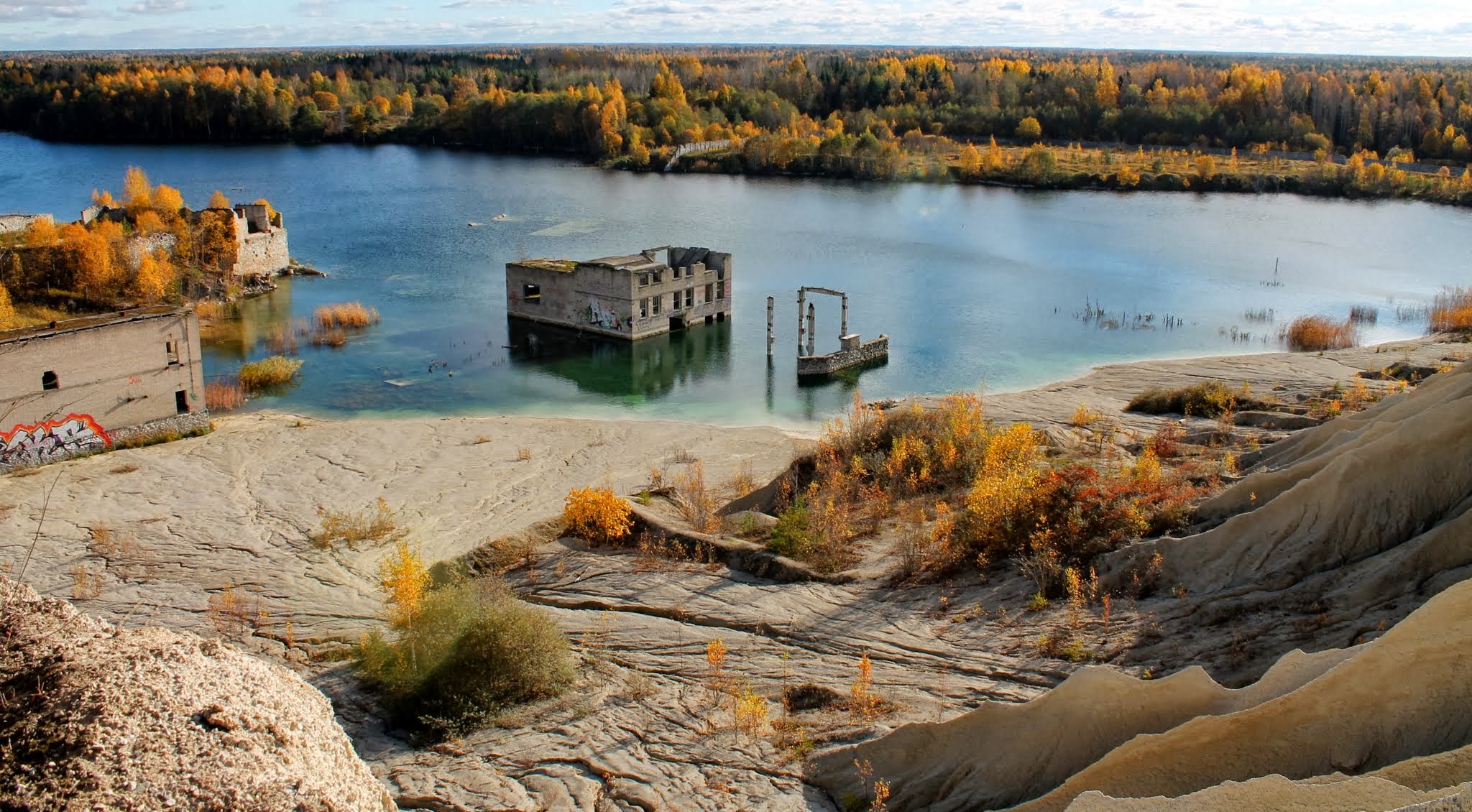
The Rummu Quarry in Estonia is a unique site where an abandoned Soviet prison and a submerged limestone quarry create a surreal landscape. After the prison was closed in the early 1990s, the quarry filled with water, submerging the buildings and creating a popular spot for divers and adventurers. The clear blue waters and eerie ruins offer a striking contrast, attracting visitors seeking both beauty and history. The Rummu Quarry is a testament to the resilience of nature and the enduring impact of human activity on the landscape. Its story invites reflection on the legacy of the Soviet era and the opportunities for transformation and renewal.
13. The Aniva Lighthouse, Russia: The Remote Sentinel
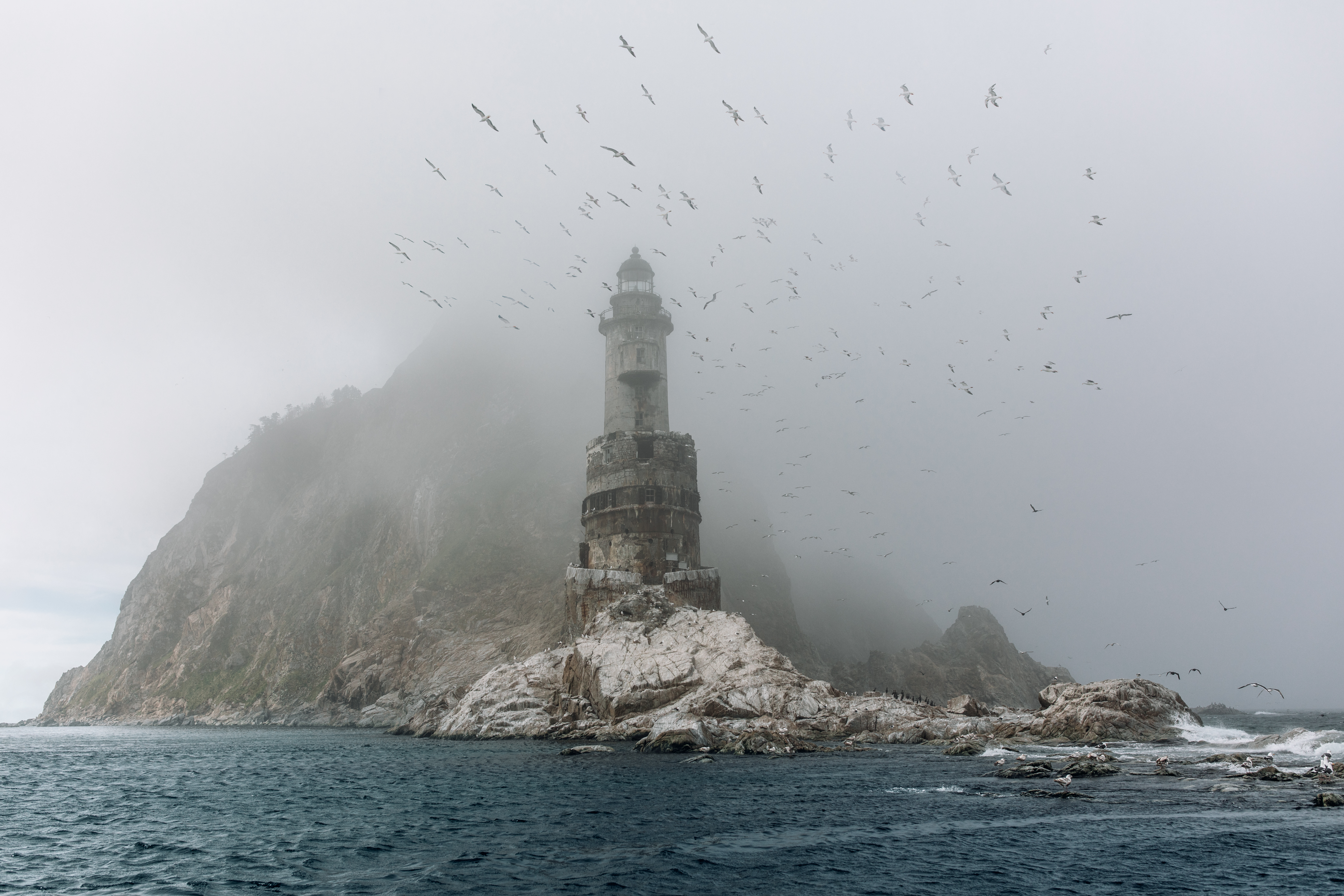
The Aniva Lighthouse stands on a rocky outcrop off the coast of Sakhalin Island, Russia, a remote and hauntingly beautiful site. Built by the Japanese in 1939, the lighthouse was abandoned after the collapse of the Soviet Union. Today, it stands as a testament to the challenges of maintaining such remote structures and the enduring power of the sea. The lighthouse’s isolated location and decaying structure attract adventurers seeking solitude and reflection. Aniva Lighthouse is a reminder of the human desire to conquer nature and the enduring mysteries of the sea. Its story invites contemplation on the balance between exploration and preservation and the enduring quest for connection in a vast and changing world.
14. The Beelitz-Heilstätten, Germany: The Abandoned Sanatorium
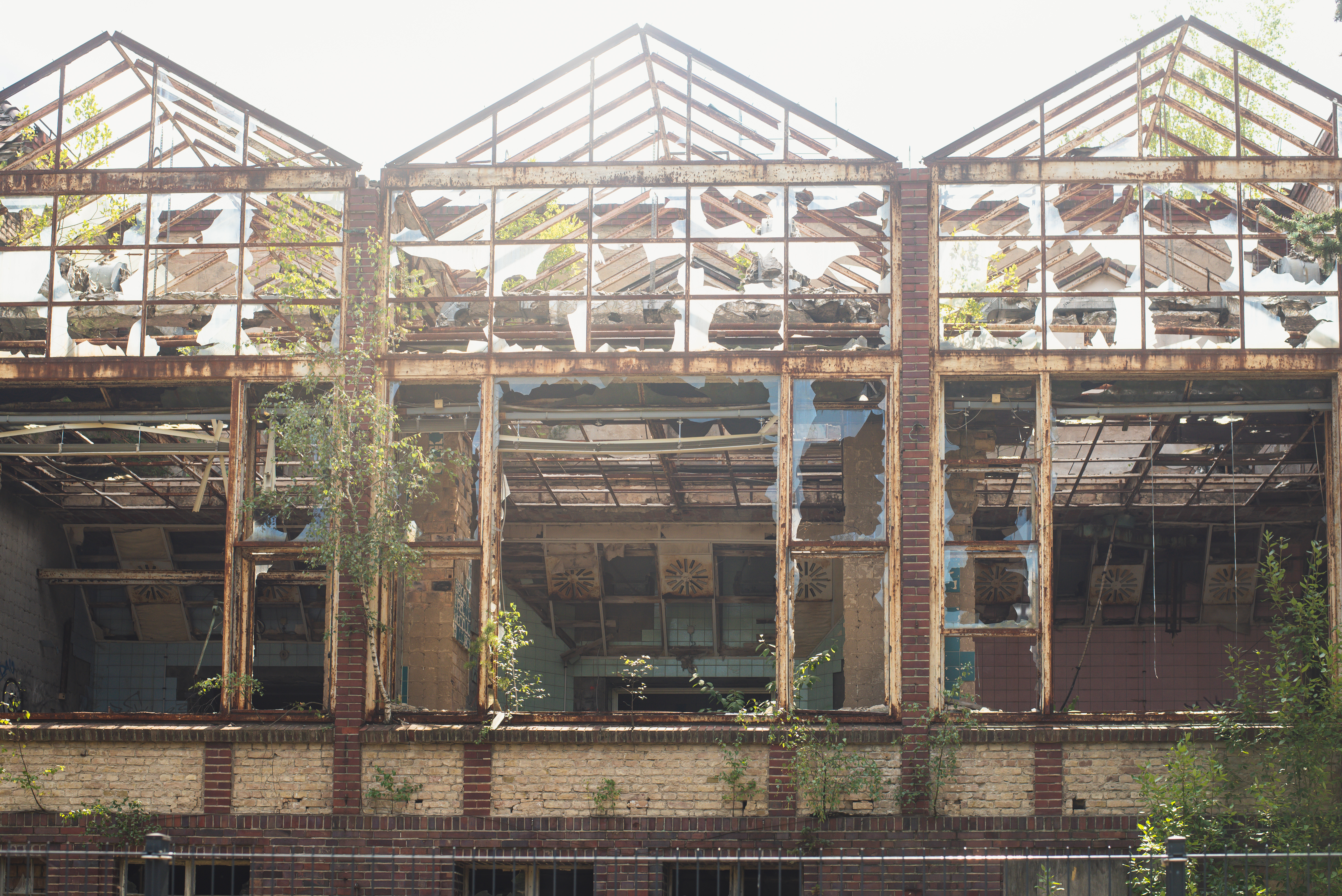
The Beelitz-Heilstätten is a sprawling complex of abandoned hospital buildings near Berlin, once a renowned sanatorium for tuberculosis patients. During World War I, it served as a military hospital, and Adolf Hitler was famously treated there. After the war, the site was used by Soviet forces until it was abandoned in the 1990s. Today, the decaying buildings and overgrown grounds attract urban explorers and photographers. The Beelitz-Heilstätten is a testament to the advances in medical science and the enduring impact of war on communities. Its haunting beauty and rich history invite reflection on the nature of healing and the stories hidden within the walls of forgotten places.
15. The Maunsell Forts, England: The Sea Guardians
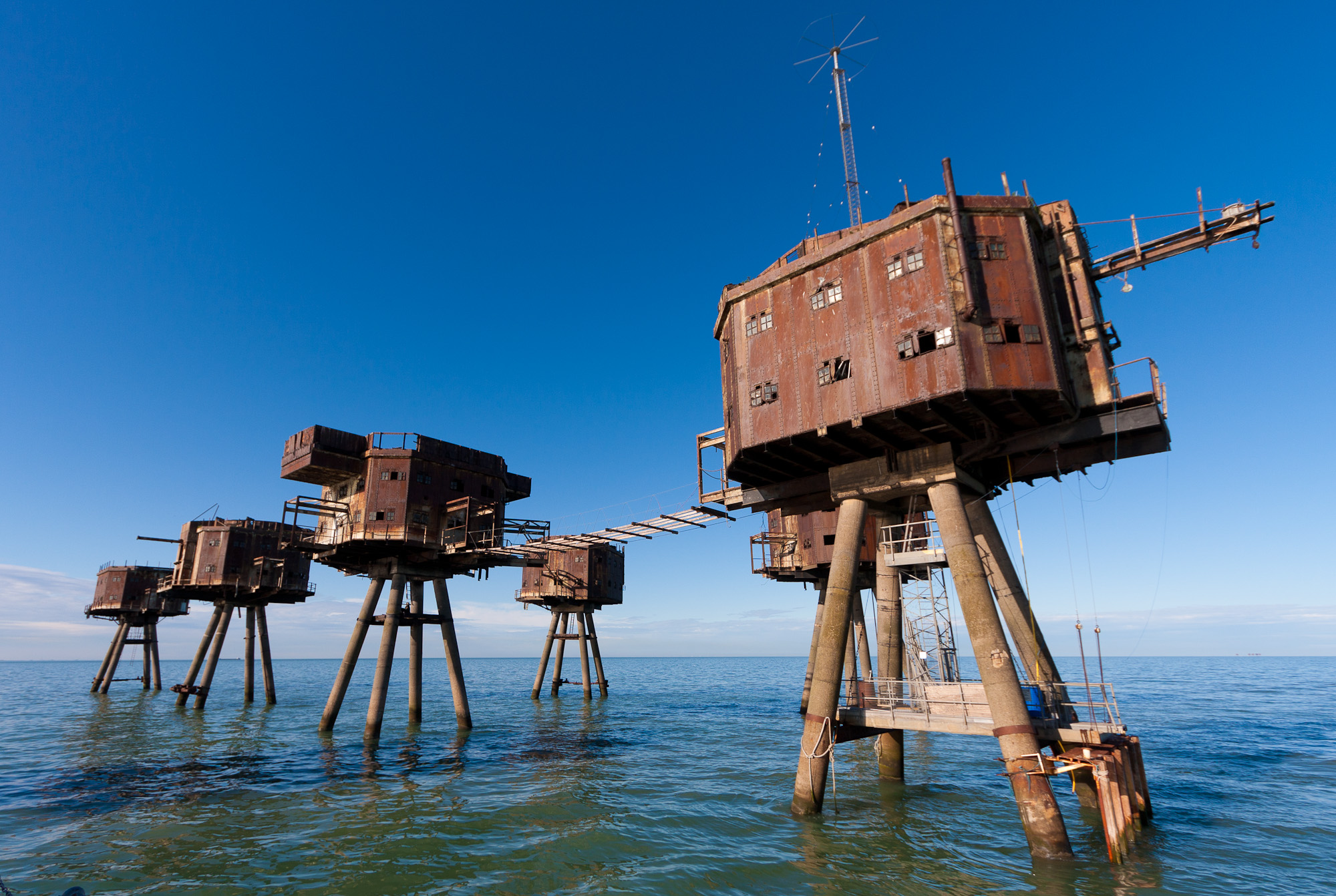
The Maunsell Forts are a series of abandoned military structures standing in the Thames and Mersey estuaries, built during World War II to defend against German air raids. After the war, the forts were decommissioned and left to decay, becoming a symbol of Britain’s wartime resilience. Today, the rusting towers attract adventurers and history enthusiasts, intrigued by their unique design and strategic significance. The Maunsell Forts are a reminder of the ingenuity and determination that defined the war effort and the enduring impact of conflict on the landscape. Their story invites reflection on the balance between defense and diplomacy and the quest for peace in a complex world.
16. Kayaköy, Turkey: The Forgotten Village of Ghostly Silence
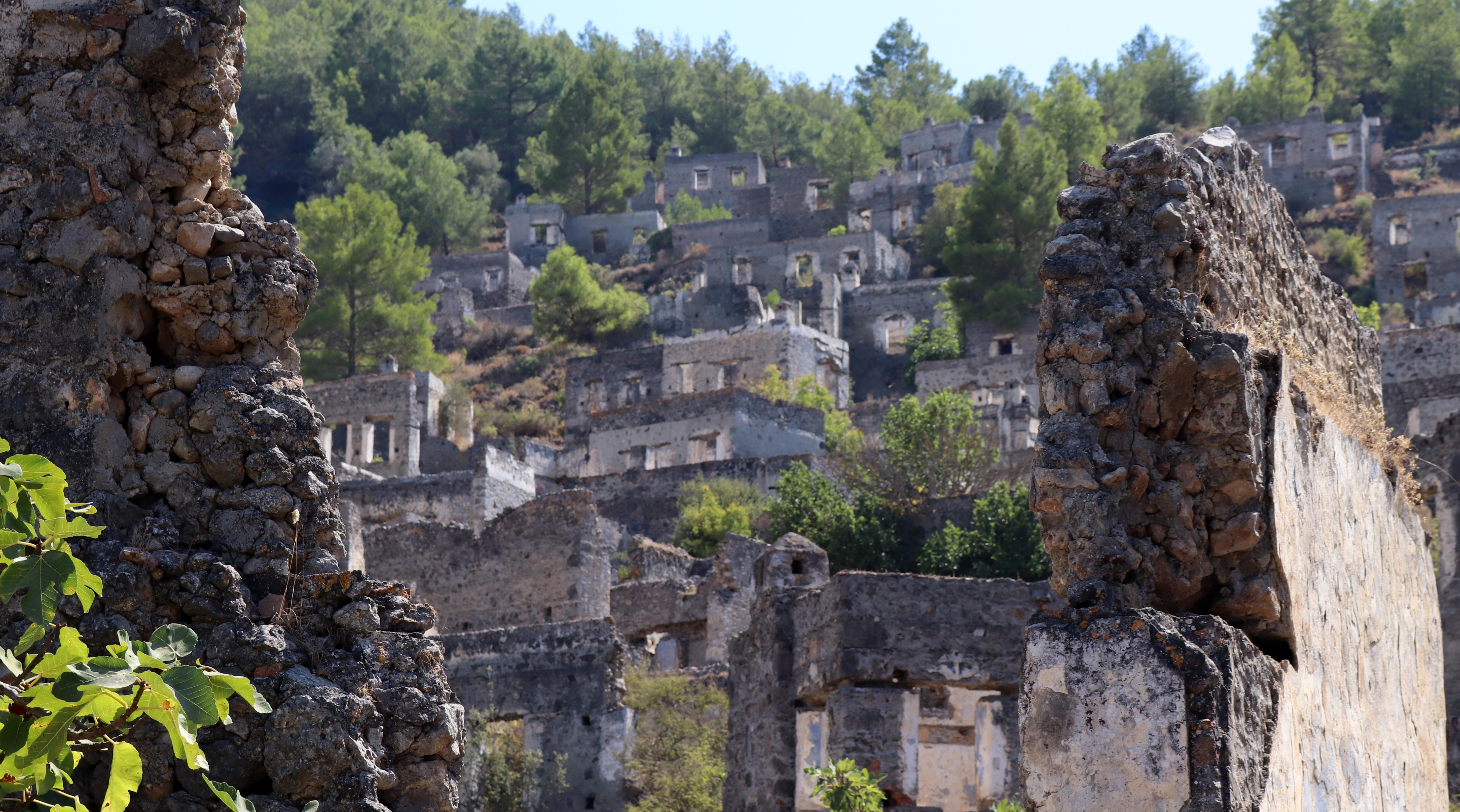
Once home to a vibrant Greek Orthodox community, Kayaköy was a bustling town of artisans, farmers, and merchants until the 1923 population exchange between Greece and Turkey forced residents to abandon their homes. Nestled in the rolling hills just south of Fethiye, the village consists of over 350 roofless stone houses, two crumbling churches, and scattered chapels—each now overtaken by vines and wildflowers. Wandering through Kayaköy feels like stepping into a forgotten world, where echoes of laughter and prayer seem to linger in the silent breeze. Nature has woven itself through every doorway and window, softening the hard edges of time with bursts of green under the piercing blue sky. The village is accessible via hiking trails or a short drive from Fethiye, and it’s often included in historical and cultural tours of the region. For travelers seeking a contemplative escape from tourist crowds, Kayaköy offers a hauntingly peaceful window into Turkey’s complex past and the resilience of abandoned beauty.
17. Fordlândia, Brazil: Henry Ford’s Jungle Dream Gone Wrong
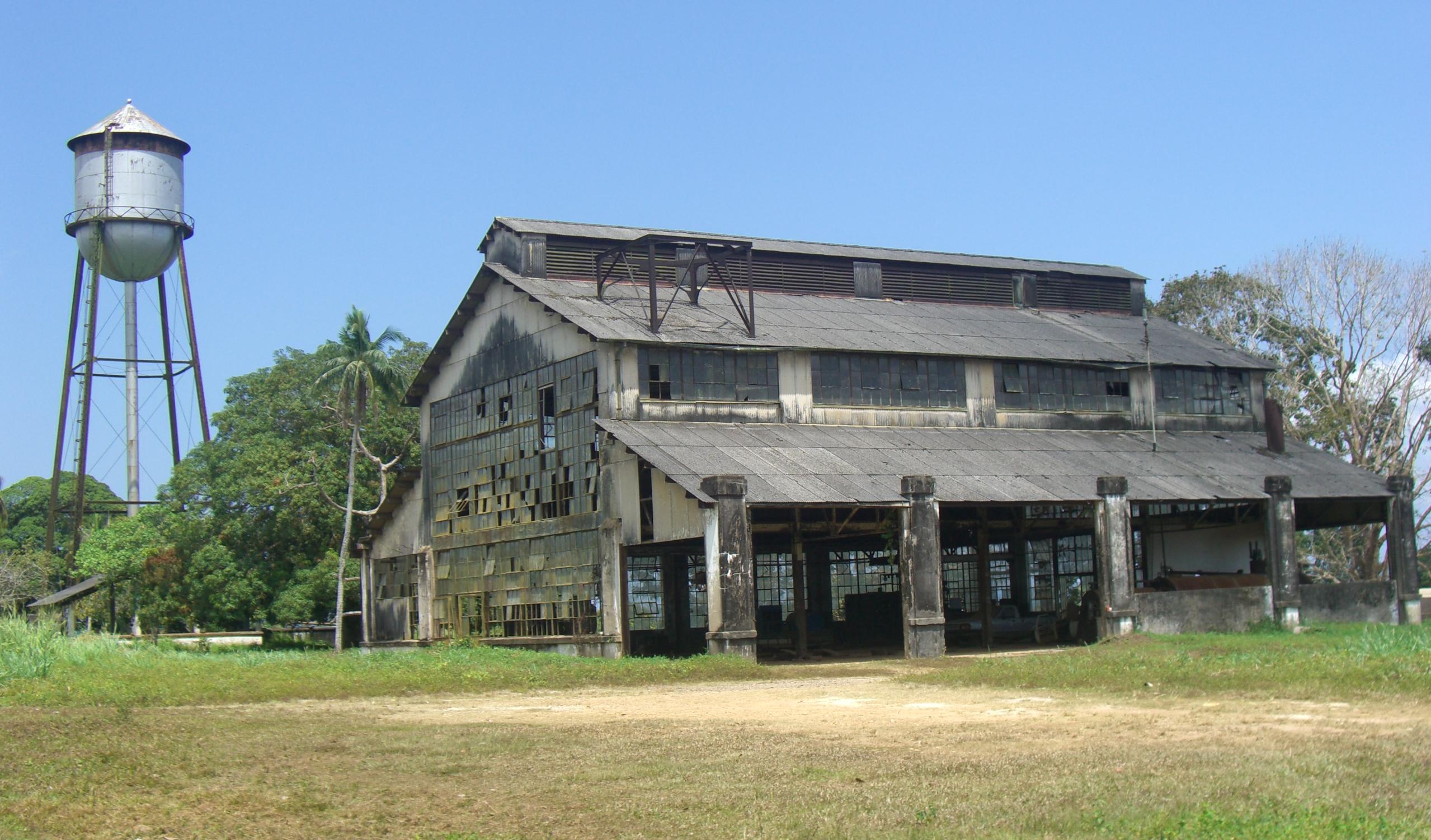
In an ambitious attempt to break Britain’s rubber monopoly in Southeast Asia, American industrialist Henry Ford established Fordlândia in the heart of the Amazon rainforest in 1928. The idea was to create a self-sufficient American-style town complete with white picket fences, ice cream parlors, and assembly-line discipline to support a rubber plantation. But the project failed dramatically due to cultural clashes with Brazilian workers, poor understanding of the rainforest’s ecology, and rampant disease. Within a few years, the dream crumbled, and by the 1940s, Fordlândia was largely abandoned. Today, the skeletal remains of water towers, mansions, and rusting machinery sit quietly as the jungle creeps back in, reclaiming what was briefly taken. Remote and difficult to reach—typically requiring a boat trip from Santarém—the site draws curious travelers and historians fascinated by its surreal clash of Midwestern Americana and Amazonian wilderness. Fordlândia is a powerful parable about the hubris of industrial ambition and the quiet strength of the natural world.
18. North Brother Island, New York: A Forgotten Island in Plain Sight
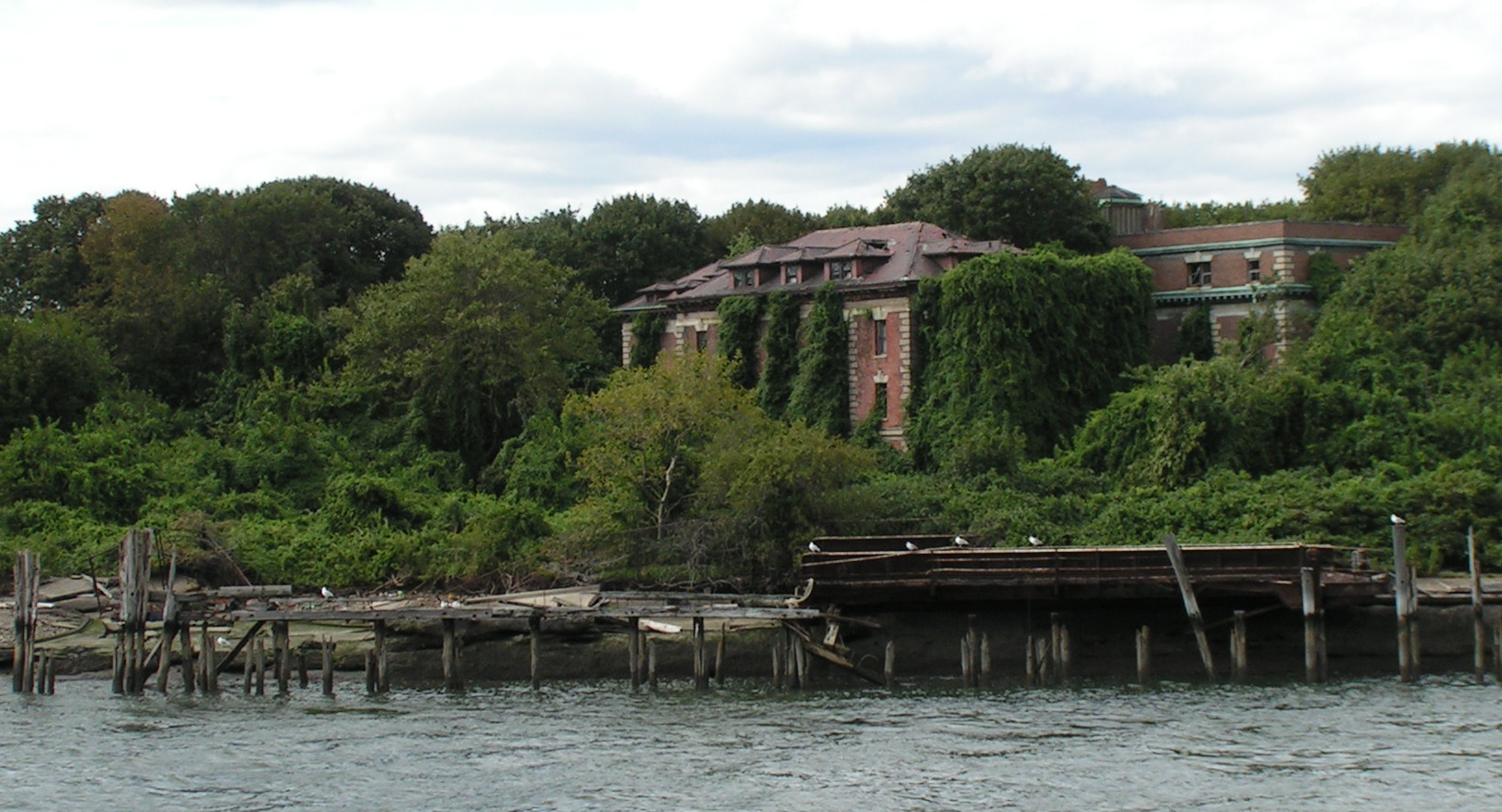
Floating in the East River between the Bronx and Rikers Island, North Brother Island is an abandoned, overgrown island that once played a key role in New York’s public health history. Established as a quarantine hospital in the 19th century, it housed patients with contagious diseases, including its most infamous resident—“Typhoid Mary” Mallon, who was forcibly isolated there until her death. Later repurposed to house veterans and addicts, the facility was shuttered in the 1960s and left to decay. Now, the island is a restricted bird sanctuary, where crumbling medical wards, collapsed staircases, and vine-covered walkways quietly fade into the undergrowth. Though closed to the general public, the NYC Parks Department occasionally offers rare guided tours, allowing a privileged few to witness this eerie and nearly untouched urban relic. North Brother Island serves as a poignant reminder of the city’s forgotten history and a surreal juxtaposition of human ambition and nature’s quiet reclamation—all within view of Manhattan’s skyline.
19. Villa Epecuén, Argentina: A Town Resurrected from the Water
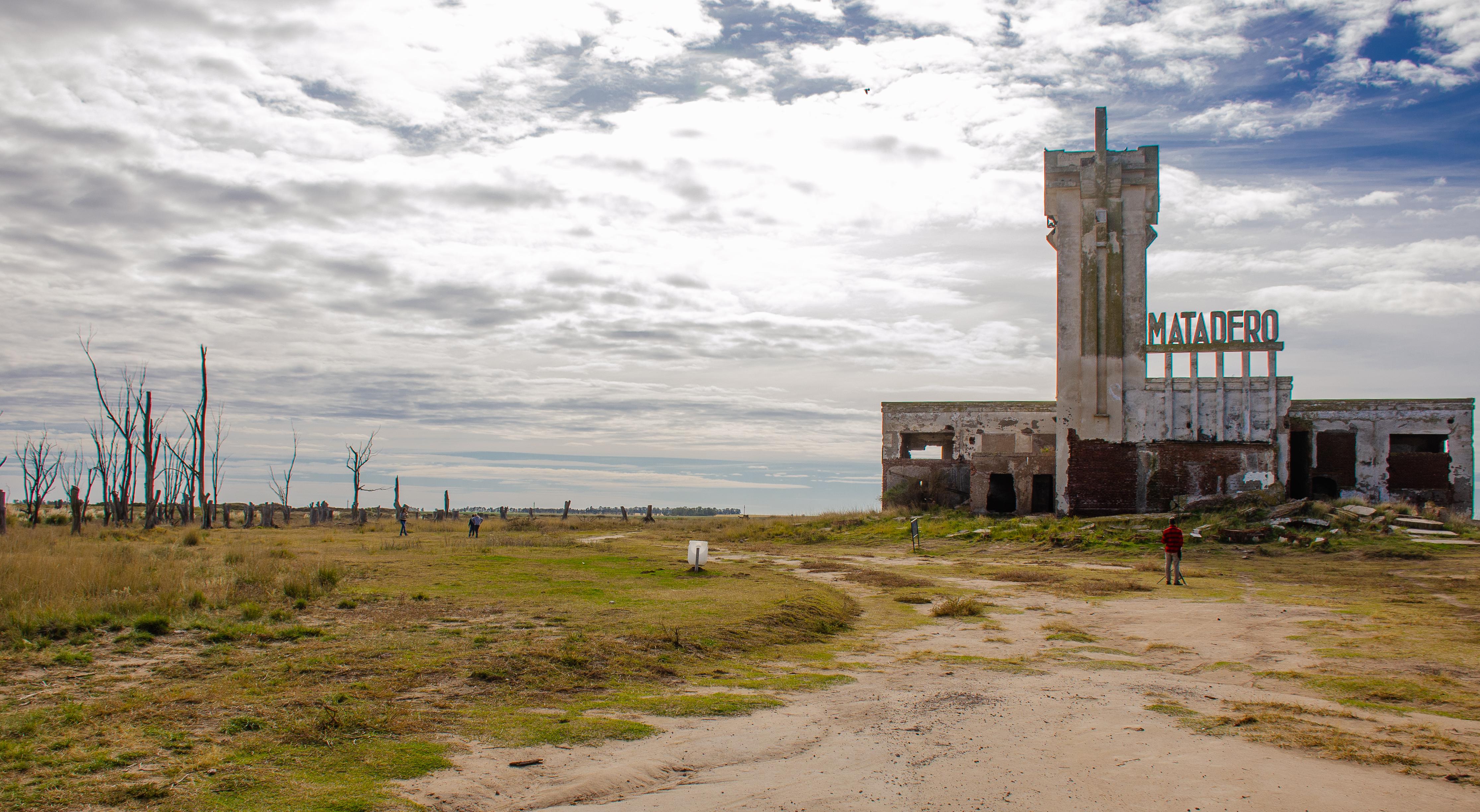
Once a popular resort destination known for its saltwater baths and therapeutic lake, Villa Epecuén thrived through much of the 20th century, attracting visitors from Buenos Aires and beyond. But in 1985, disaster struck when a dam failed after heavy rains, submerging the town under nearly 10 meters (33 feet) of water. For over two decades, Villa Epecuén remained entombed beneath the salty flood, its fate sealed in silence. In the early 2000s, the waters mysteriously began to recede, revealing a dreamlike wasteland of twisted metal, salt-crusted ruins, and empty boulevards lined with ghostly trees. One lone man returned to live among the remains, becoming a symbol of resilience and memory. Today, the town is a macabre but mesmerizing destination for intrepid travelers, photographers, and urban explorers. The surreal beauty of salt-bleached buildings under the vast Patagonian sky makes Villa Epecuén a haunting testament to nature’s force and the fragility of civilization.
20. Dhanushkodi, India: The Storm-Swept Town at Land’s End
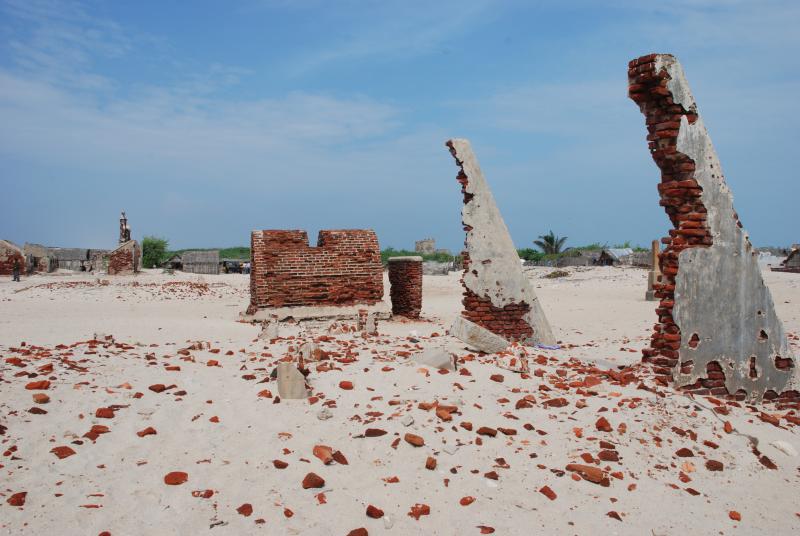
Located at the southeastern tip of India on a narrow strip of land stretching toward Sri Lanka, Dhanushkodi was once a thriving trade port and sacred pilgrimage site. In 1964, a devastating cyclone struck with brutal force, wiping out the town and killing over 1,800 people, including passengers aboard a train that was swept into the sea. Declared uninhabitable by the government, Dhanushkodi was never rebuilt, and the haunting remains of churches, railway stations, and homes now sit in windswept isolation, surrounded by salt flats and crashing waves. Despite its desolation, the town still draws pilgrims due to its religious significance and myths linking it to the Hindu epic Ramayana, where Lord Rama is said to have built a bridge to Lanka. Accessible via a sandy causeway and best visited during daylight hours, Dhanushkodi offers haunting beauty and profound silence. It’s a place where myth, memory, and nature converge—perfect for travelers seeking more than just a destination, but a story whispered through ruins.
21. Pyramiden, Norway: The Arctic Ghost Town
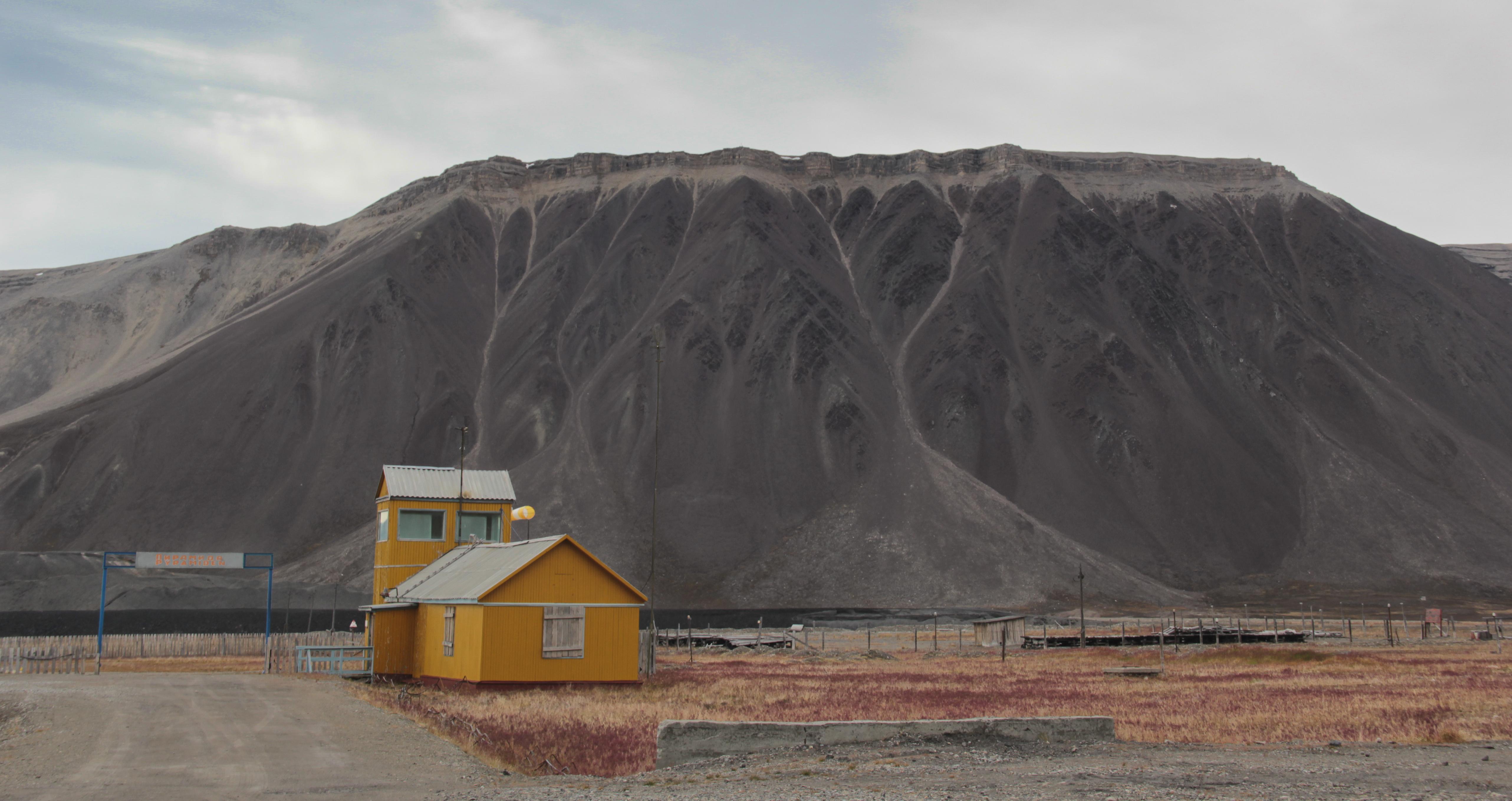
Deep within the Svalbard archipelago, just 800 miles from the North Pole, lies Pyramiden—an abandoned Soviet mining town frozen in both climate and time. Founded by Sweden in 1910 and later sold to the Soviet Union, Pyramiden was designed to be a model communist settlement in one of Earth’s harshest environments. At its peak, it had a school, sports complex, cultural center, and even a greenhouse—all warmed by Arctic ingenuity. But by 1998, operations ceased abruptly, and the entire population was evacuated. Today, nearly everything remains as it was—typewriters on desks, books on shelves, and a grand piano still sitting in the community hall beneath the gaze of a weathered Lenin statue. Snow drifts through broken windows while Arctic foxes roam the empty streets. Guided tours from Longyearbyen take visitors by boat or snowmobile to this surreal outpost, offering a rare glimpse into Soviet life above the Arctic Circle. Equal parts eerie and awe-inspiring, Pyramiden is a must-see for history lovers, adventure seekers, and anyone who wants to walk through a perfectly preserved Soviet time capsule set against icy peaks and glacier-carved fjords.
22. Balaklava Submarine Base, Ukraine: A Secret Soviet Relic
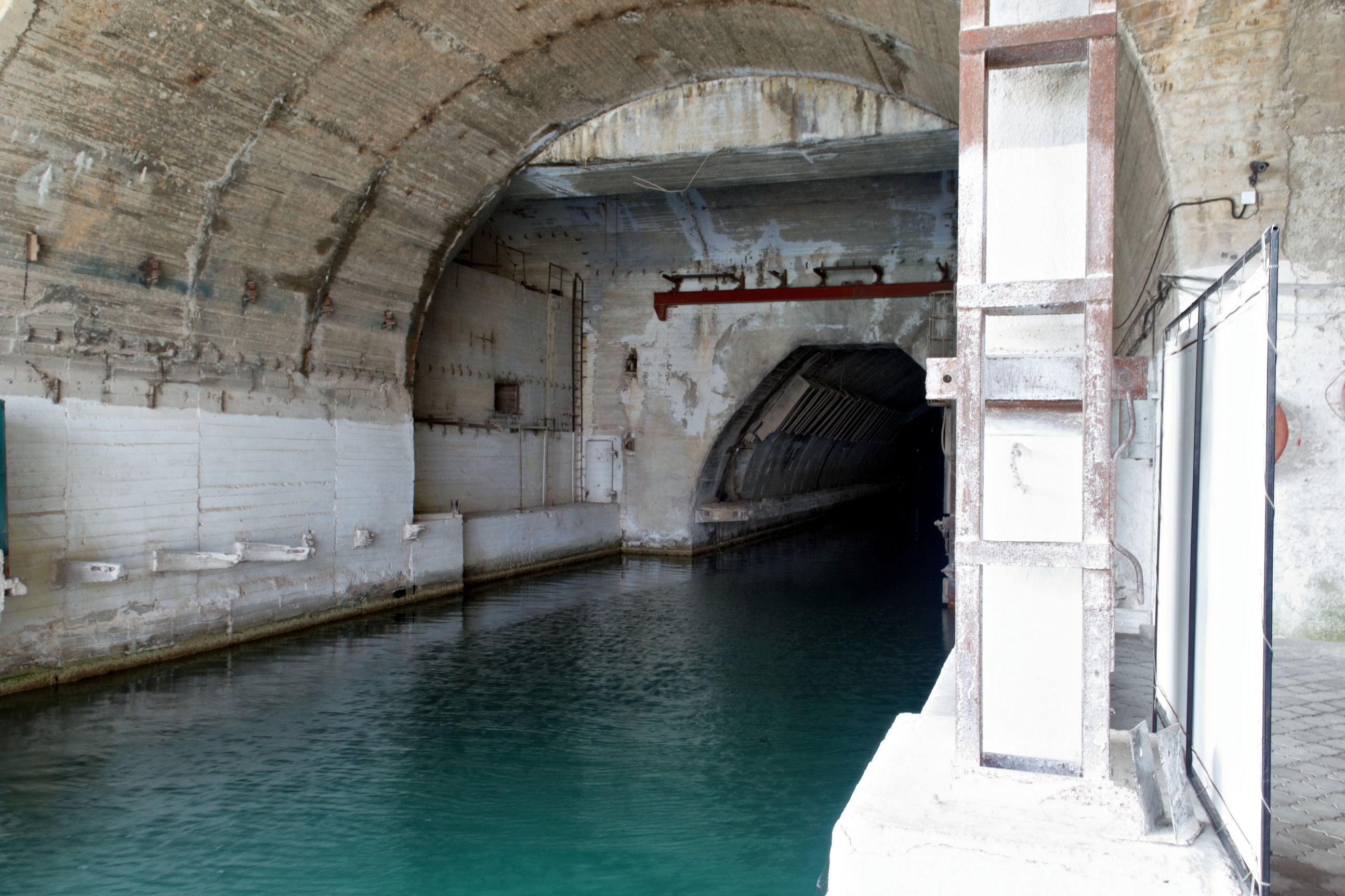
Tucked beneath the cliffs of Crimea’s coastline, the Balaklava Submarine Base was once one of the most secretive military installations in the world. Built during the height of the Cold War, the base was designed to withstand a direct nuclear strike, with massive steel blast doors, underground dry docks, and miles of reinforced tunnels carved directly into a mountain. Capable of sheltering and repairing nuclear submarines in total secrecy, it was invisible from the sea and protected by a veil of misinformation. After the fall of the Soviet Union, the base was decommissioned and later converted into a Cold War museum. Today, visitors can descend into its echoing passageways, where the air still carries the chill of its clandestine past. Rusting equipment, decontamination showers, and murals of Soviet propaganda transport guests into an era of paranoia and power. The complex’s James Bond-worthy atmosphere, combined with its historical depth, makes Balaklava a unique destination for those fascinated by military history, espionage, and the global tensions that shaped the modern world.
23. Wittenoom, Australia: The Town Erased by Asbestos
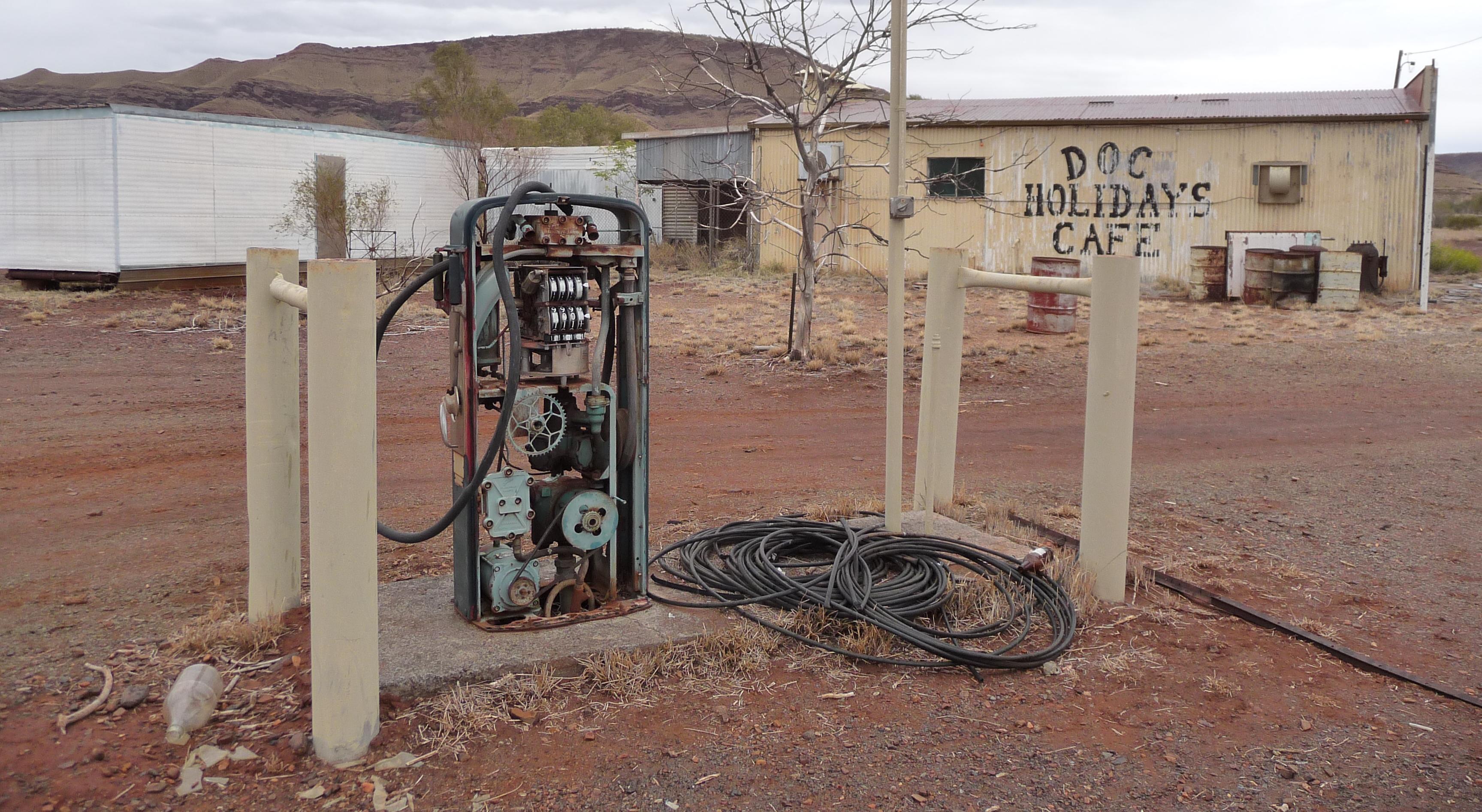
Hidden in the remote Pilbara region of Western Australia lies the haunting remains of Wittenoom, a town so toxic it was officially wiped from the map. Once a booming mining community built around the extraction of blue asbestos in the mid-20th century, Wittenoom became infamous for the deadly legacy left in its dust. Hundreds of workers and residents succumbed to mesothelioma and related illnesses, leading to a mass exodus and eventual government intervention. The town was stripped of services, signage, and even its official status—yet traces of it still remain. Visitors brave enough to venture there will find abandoned homes, rusting vehicles, and eerily empty streets bathed in unrelenting sunlight. Signs warn of severe health risks, and access is strongly discouraged, but that hasn't stopped the most daring urban explorers. Wittenoom now stands as a chilling monument to environmental negligence, where silence and sunbaked decay tell a cautionary tale about industrial ambition gone fatally wrong.
24. Houtouwan, China: The Village Devoured by Nature
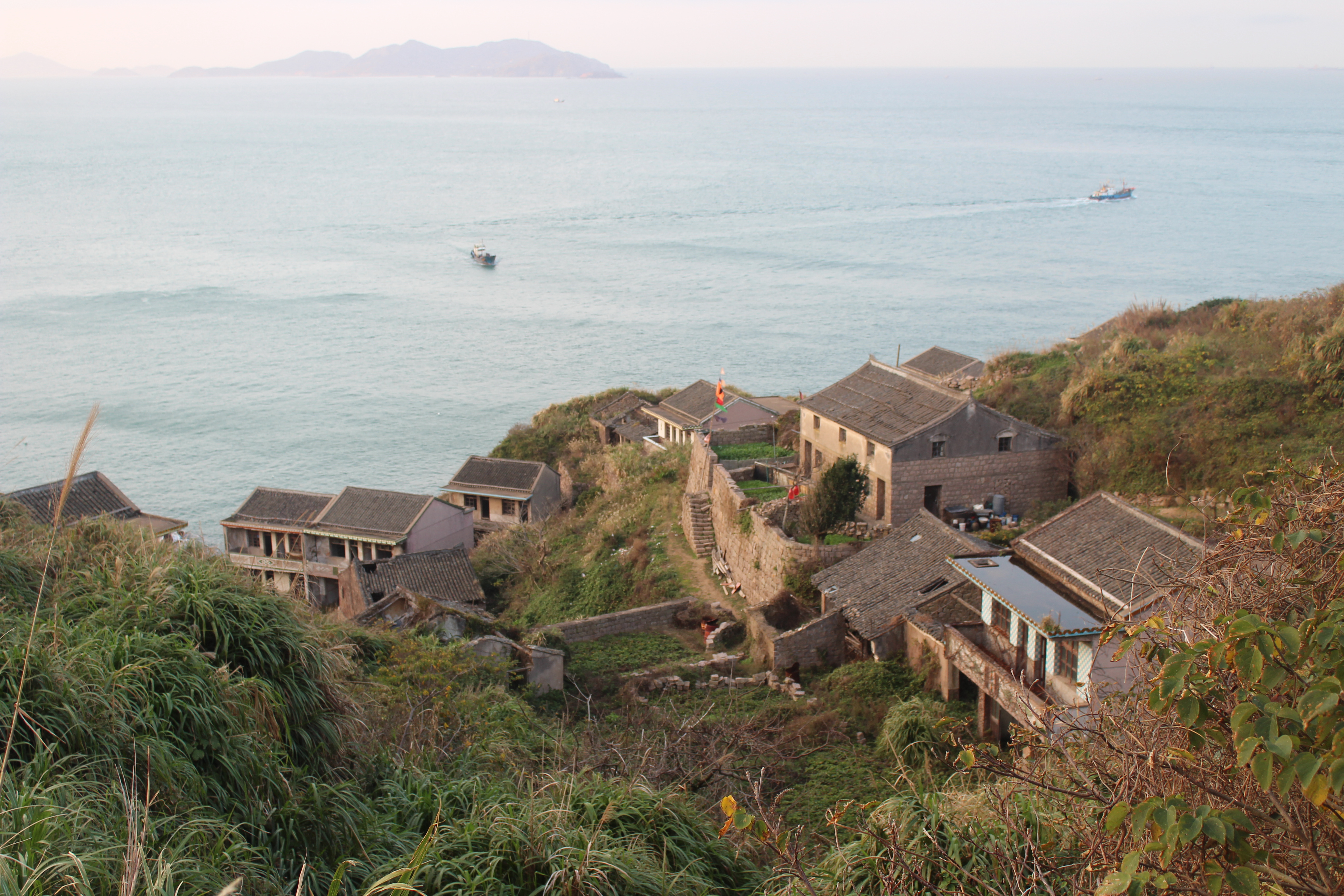
Once a bustling fishing village on Shengshan Island, part of China’s Zhoushan archipelago, Houtouwan has since been transformed into a living work of art by nature’s hand. Abandoned in the 1990s due to economic decline and its remote, difficult-to-access location, the village has since been overrun by lush vegetation. Today, ivy cascades over rooftops like green waterfalls, trees burst through doorways, and every alleyway is a tangled jungle of vines and stone. The result is a surreal, almost fairytale-like fusion of architecture and wild flora that has drawn global attention from photographers, filmmakers, and curious travelers. Despite its remote location, Houtouwan is increasingly accessible via guided tours from nearby Gouqi Island or by foot for those willing to hike through rugged terrain. The village serves as a powerful visual metaphor for the resilience of the natural world and the impermanence of human settlements—a place where silence thrives and time seems to stand still under a canopy of green.
25. Domes of Casa Grande, Arizona: Desert Sci-Fi Ruins
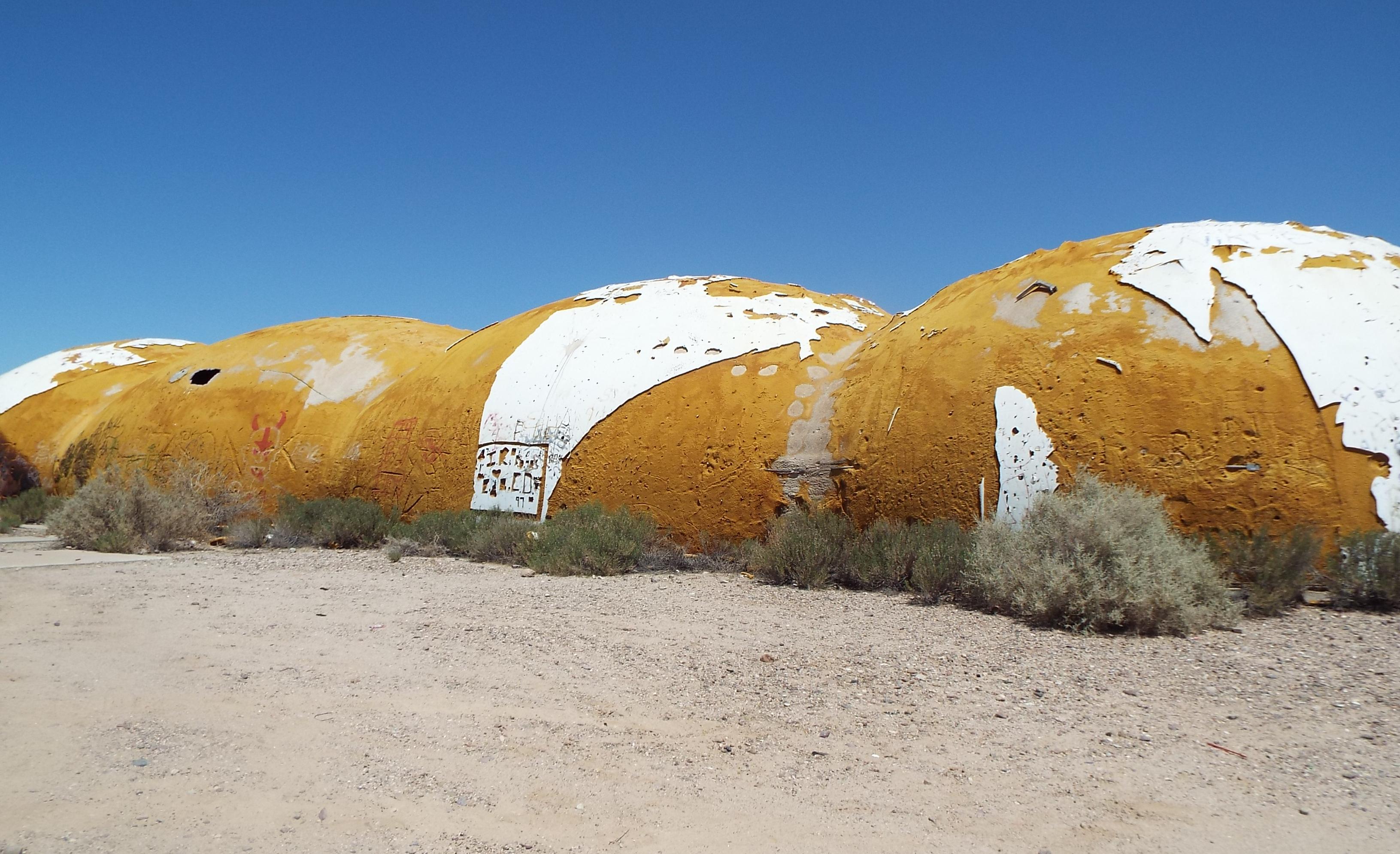
Just off a quiet road outside Casa Grande, Arizona, the landscape suddenly shifts from cactus-dotted desert to something that looks straight out of a science fiction movie. The Domes of Casa Grande, built in the early 1980s by an electronics manufacturer, were intended to house a futuristic production facility. But before completion, the company went bankrupt, leaving behind a bizarre cluster of dome-shaped structures that now sit weathered and abandoned. The domes, some shaped like flying saucers, others like giant hollow caterpillars, are cracked, graffitied, and echo with strange acoustics that only add to their alien feel. Surrounded by silence and vast desert skies, the site has become a hotspot for urban explorers, paranormal investigators, and photographers seeking otherworldly shots. Despite recent discussions of demolition due to safety concerns, the Domes continue to captivate those who make the trek. They're a testament to unfulfilled ambition—and a striking example of how the American desert seems to attract dreams, disasters, and the weird in equal measure.
The Enduring Fascination of Abandoned Places
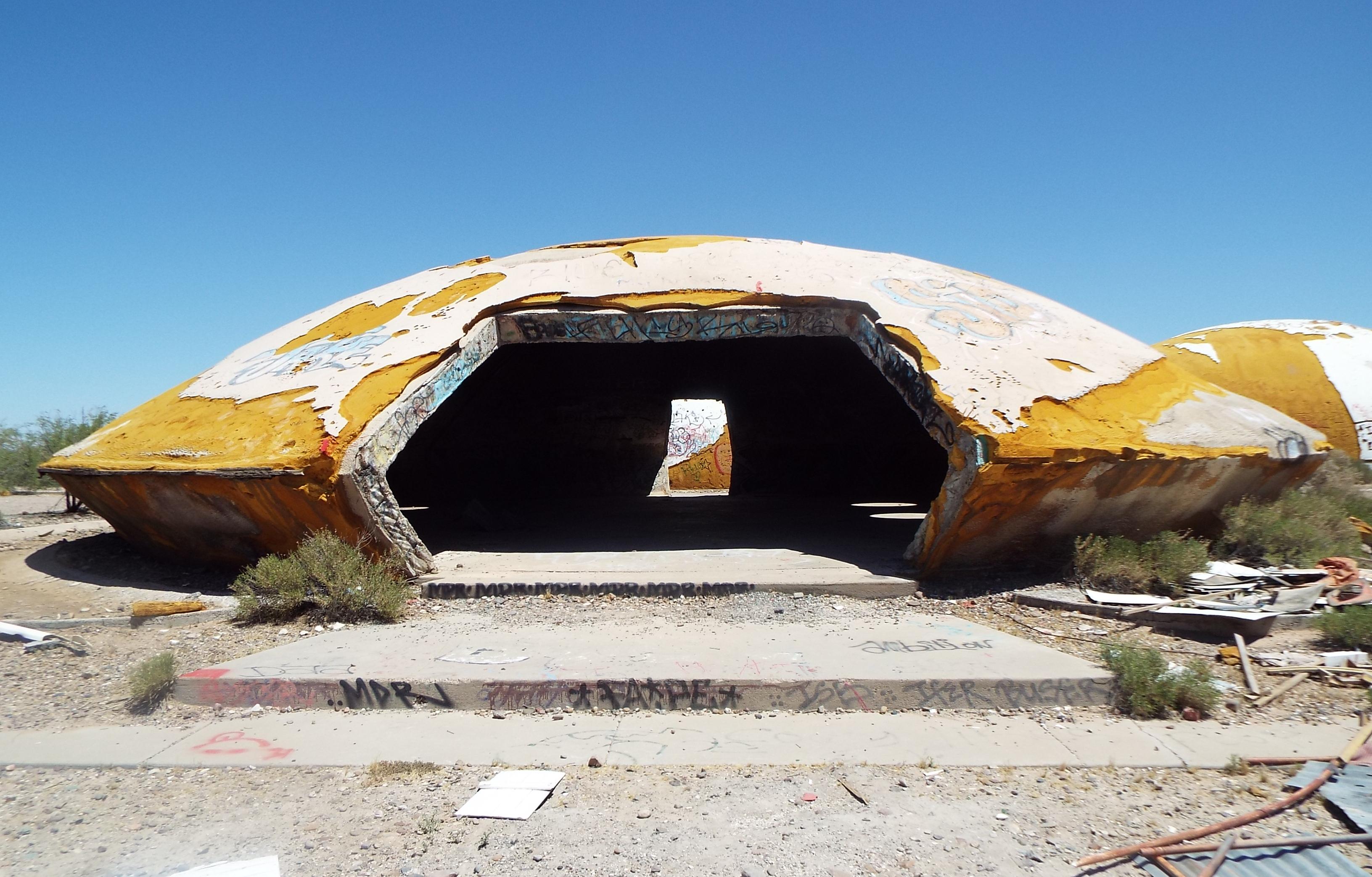
Abandoned places captivate us with their silent stories and haunting beauty, offering a unique lens through which to view history and our place within it. These remnants of the past invite exploration, imagination, and reflection, reminding us of the impermanence of human endeavors and the enduring power of nature. From ghost towns to submerged quarries, each site holds a unique story, inviting us to ponder the complexities of history and the possibilities for renewal and transformation. As we roam the remnants of the past, we are reminded of the stories that shape our world and the enduring quest for connection and understanding in a changing landscape. Whether exploring the ruins of a medieval town or the decaying halls of a forgotten sanatorium, these abandoned places offer a powerful reminder of the passage of time and the enduring beauty of the world we inhabit.

